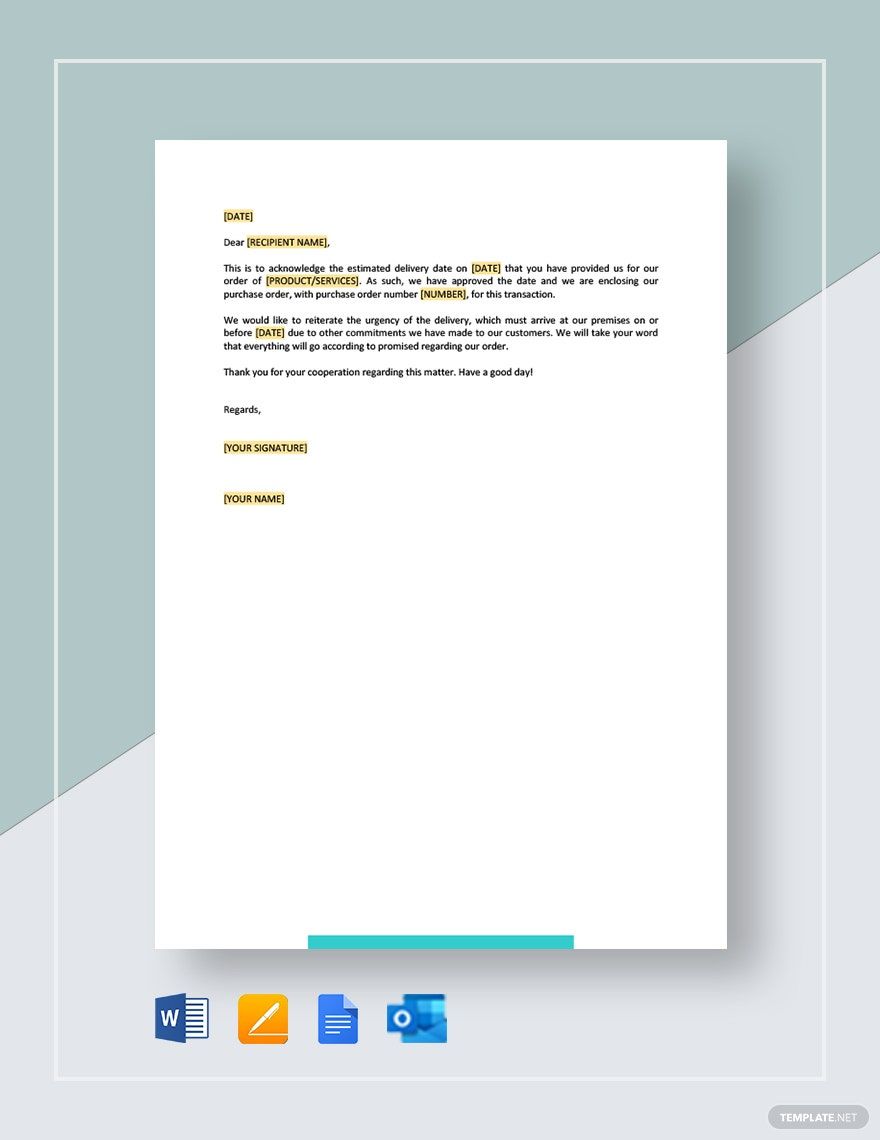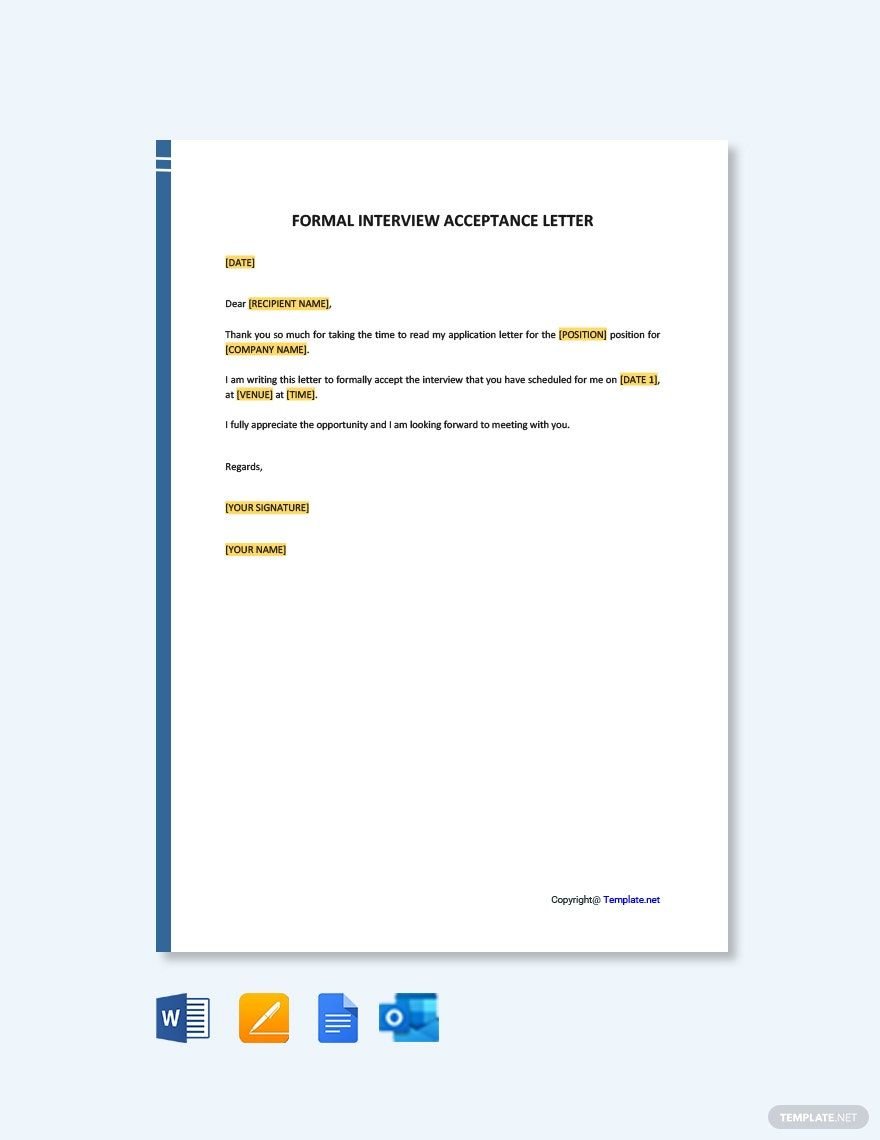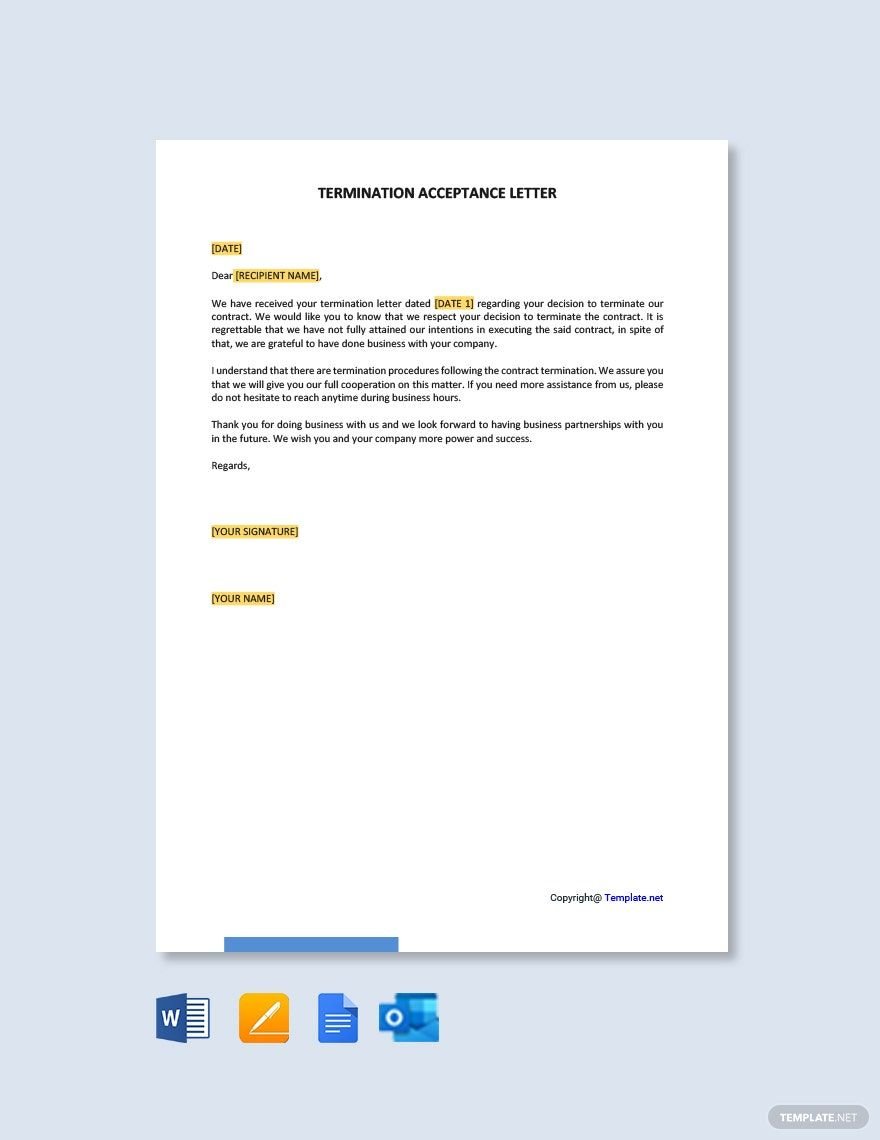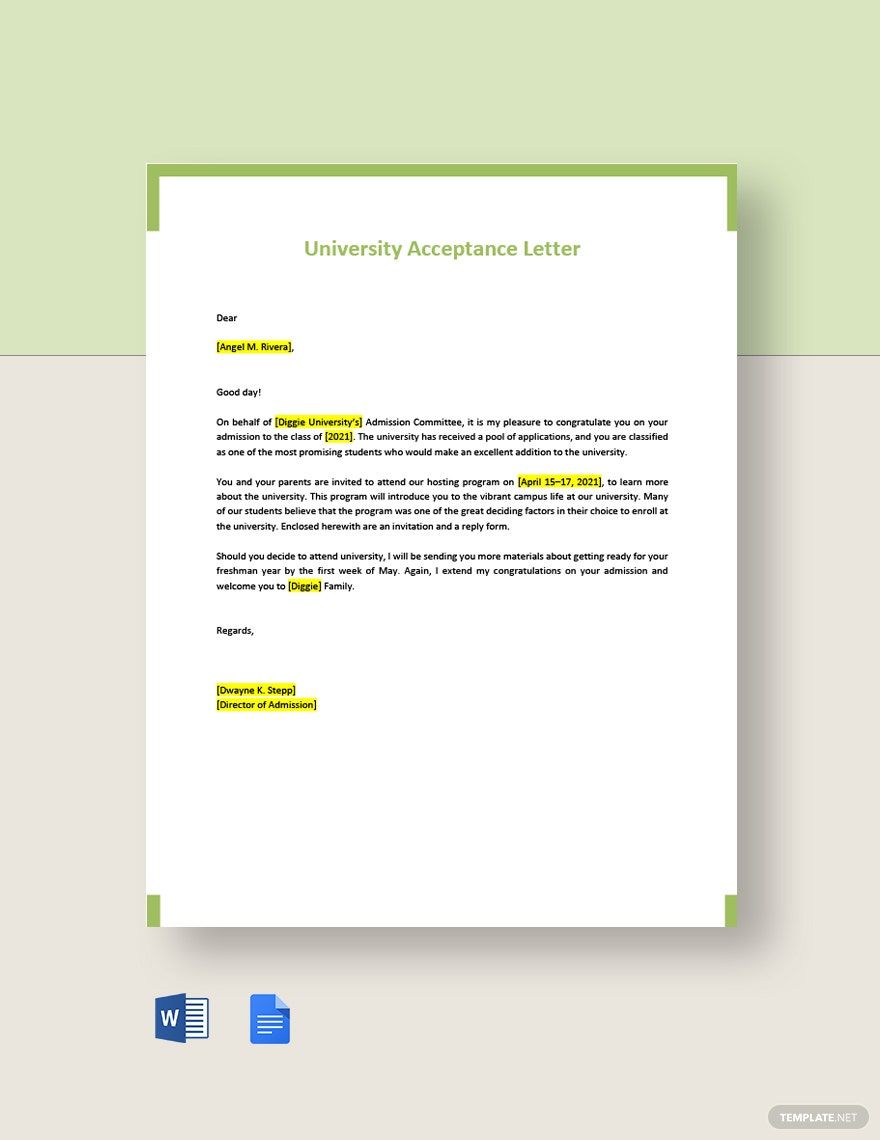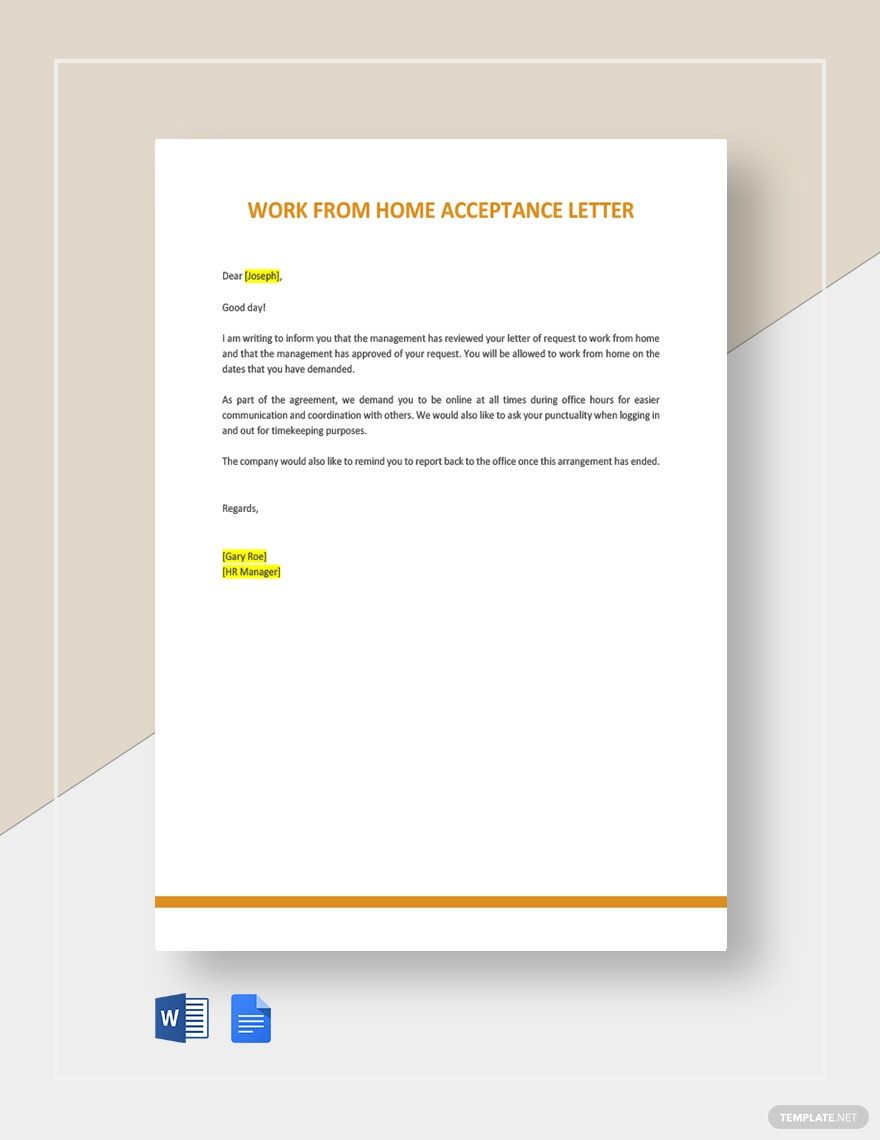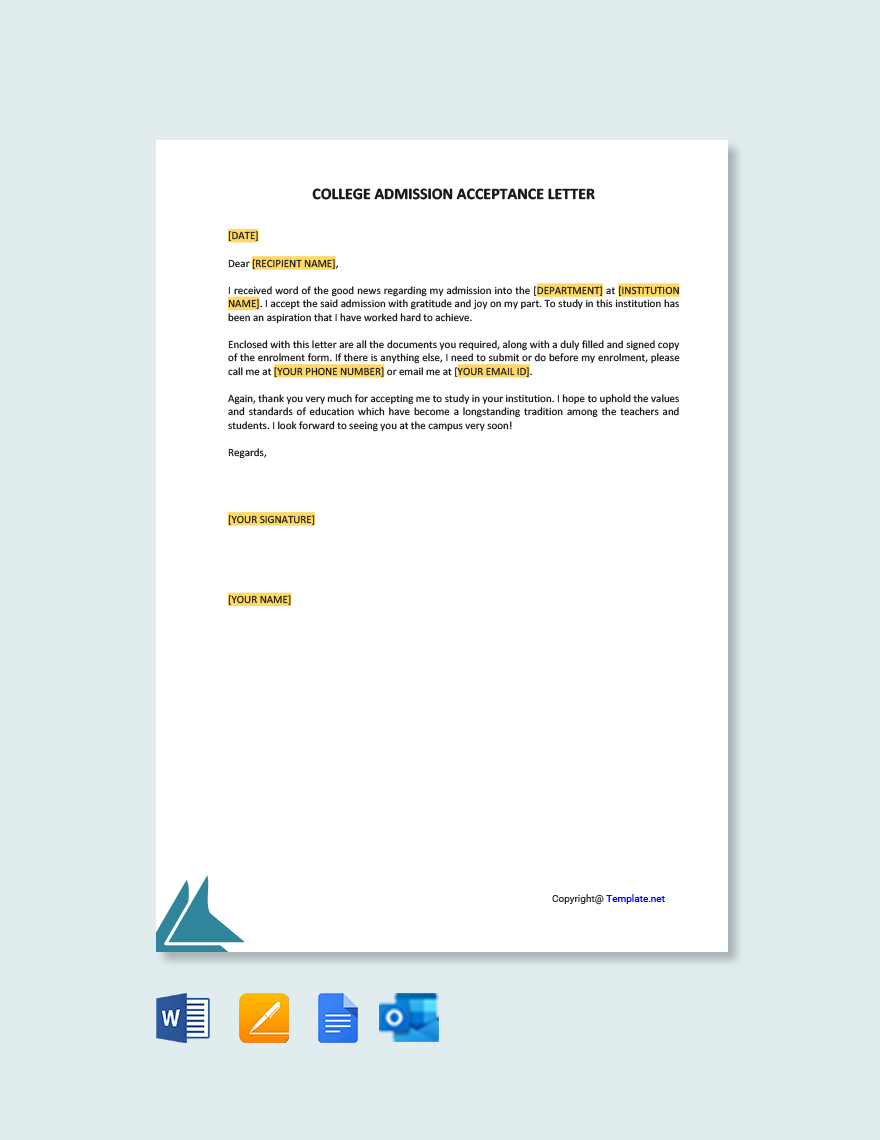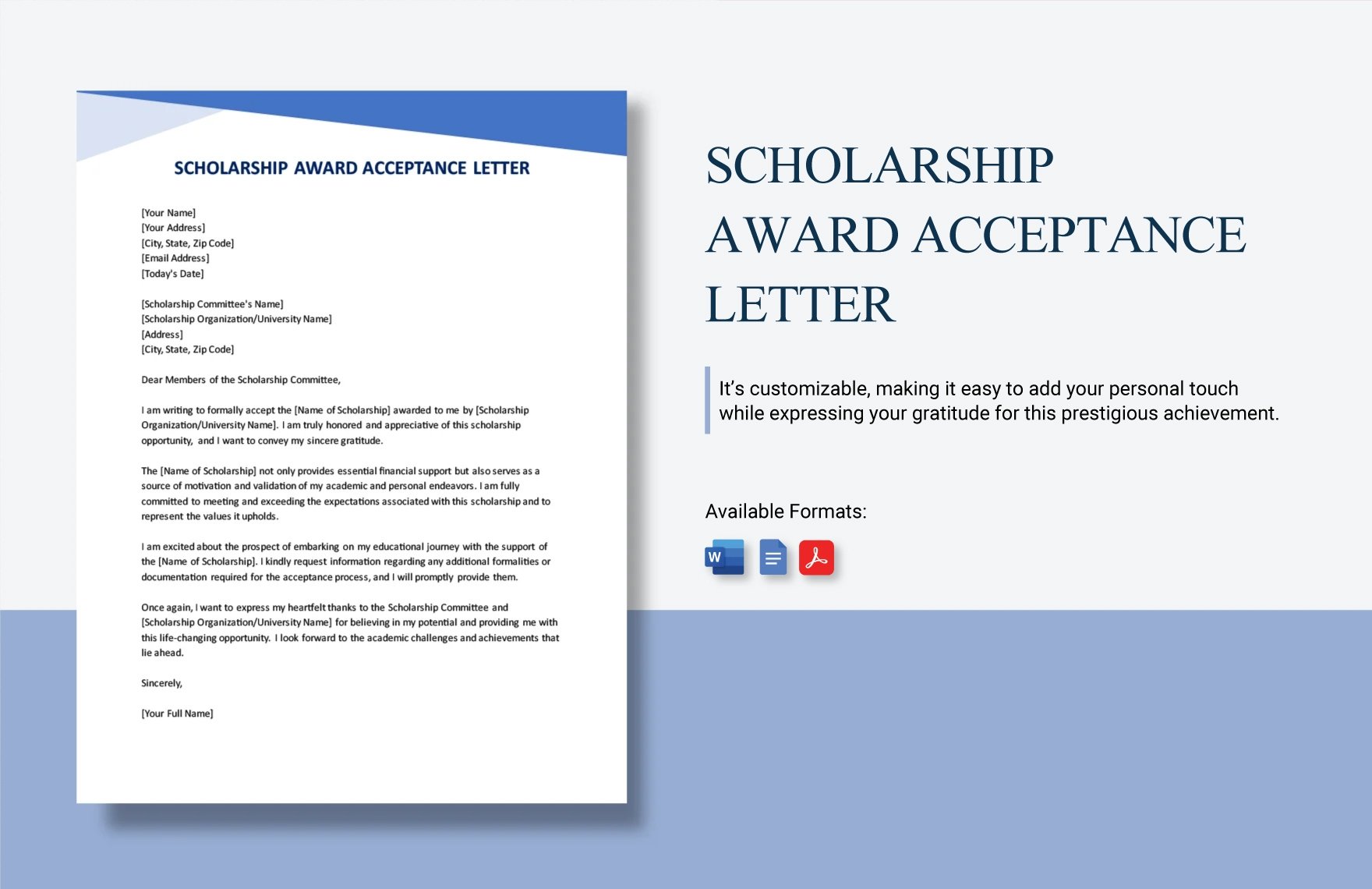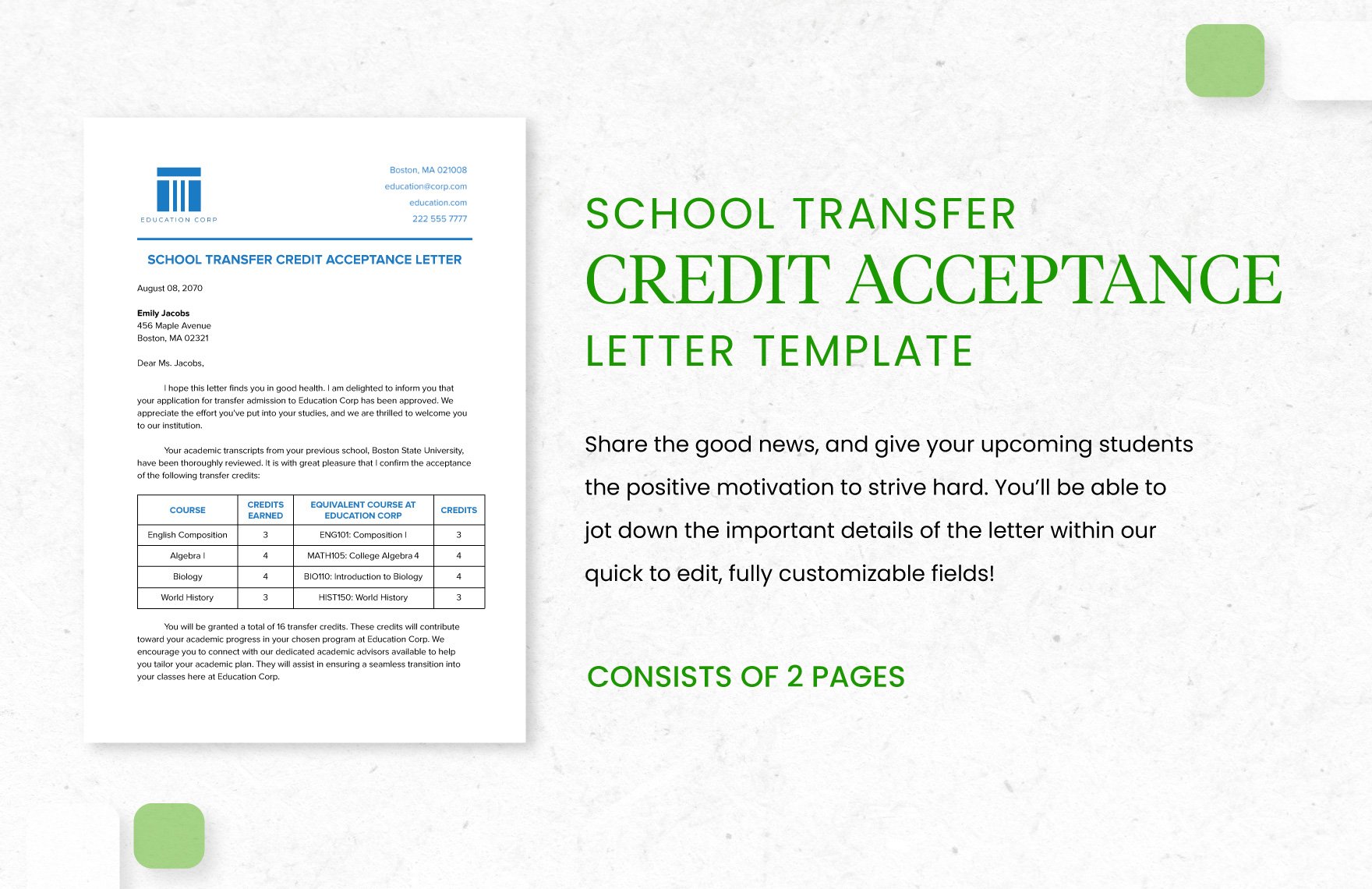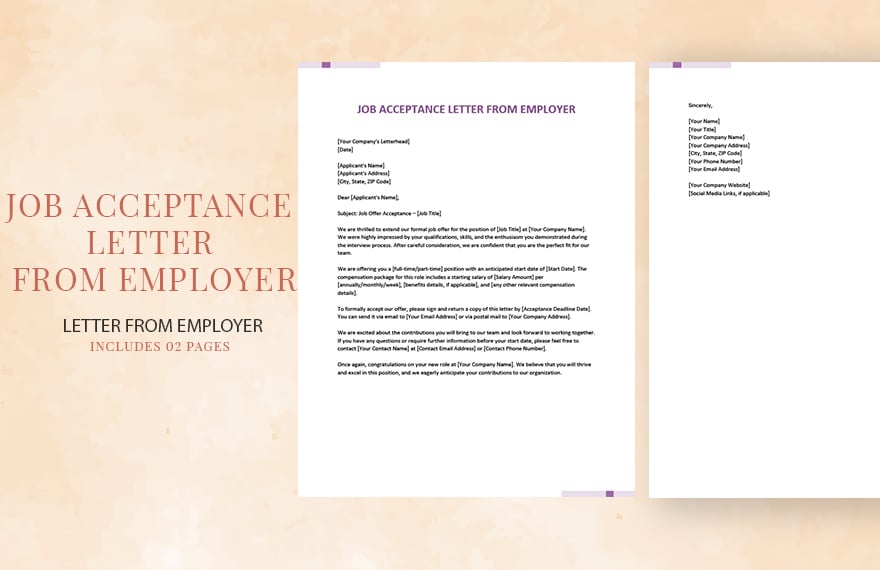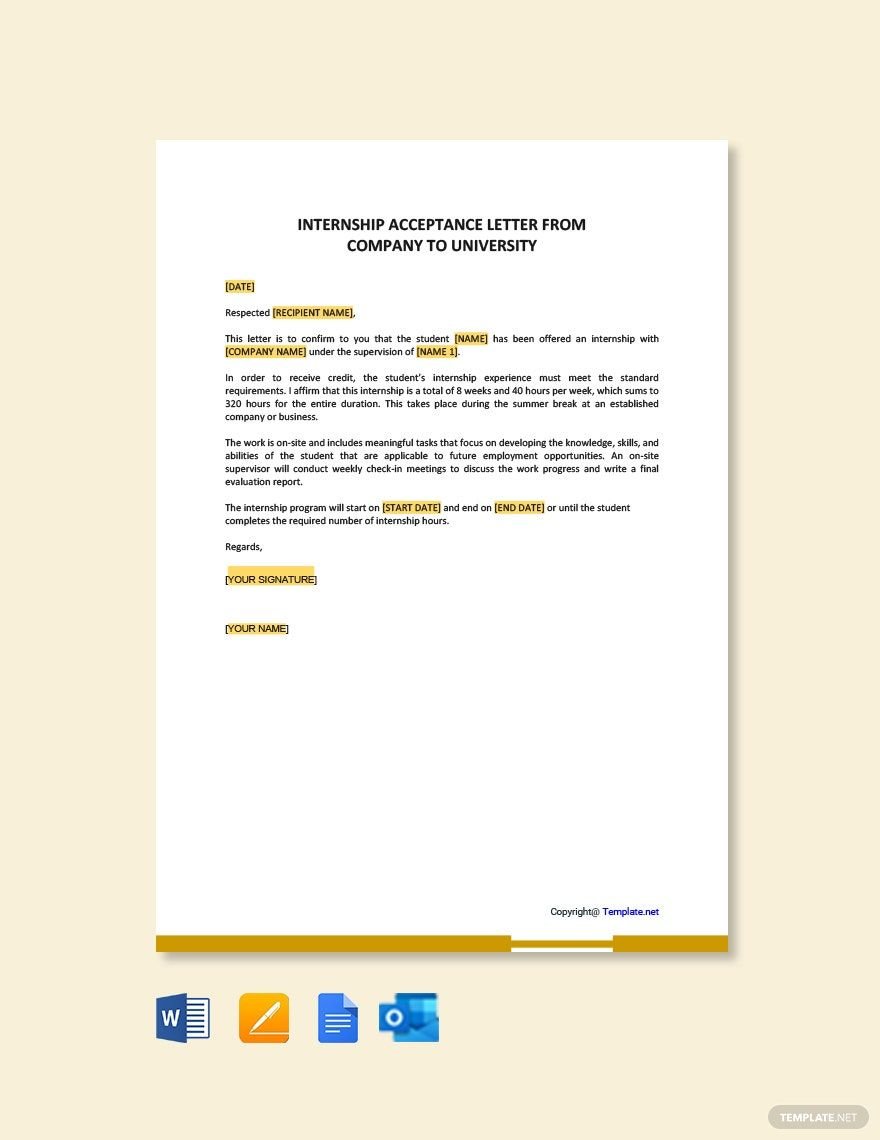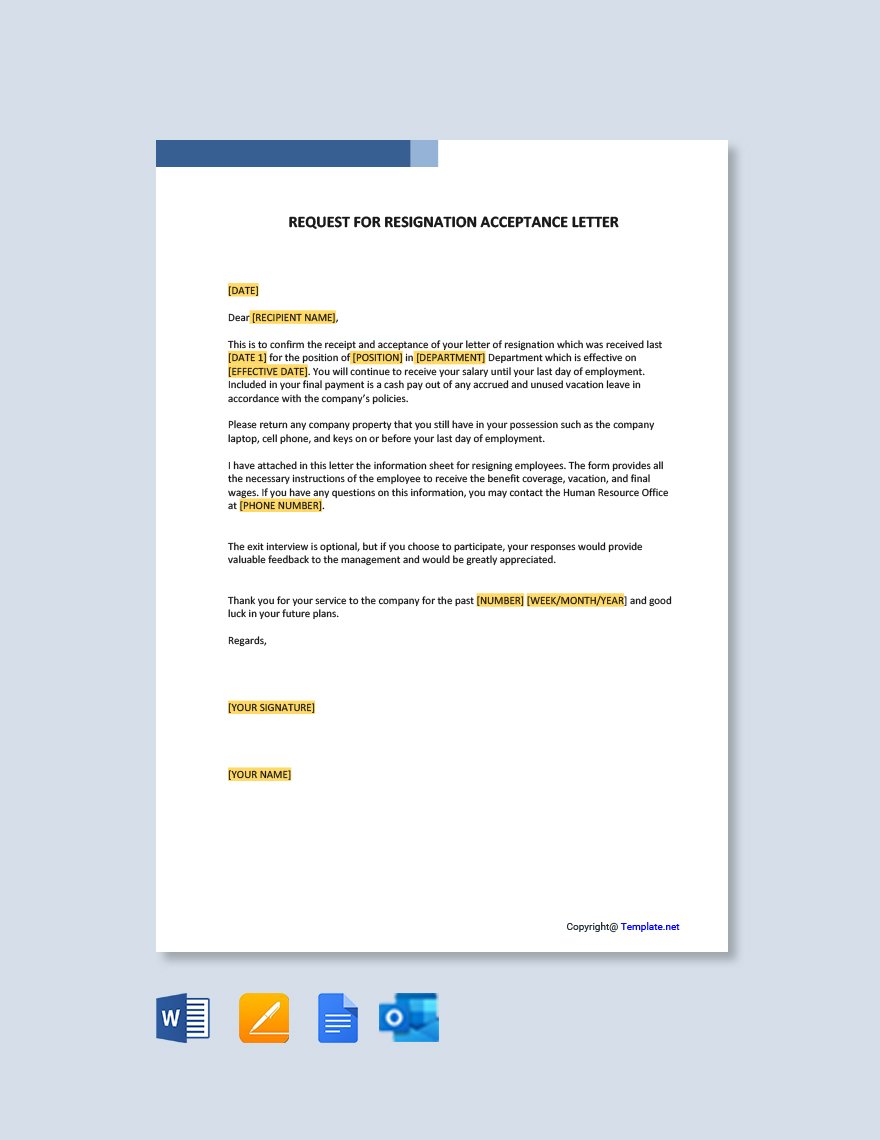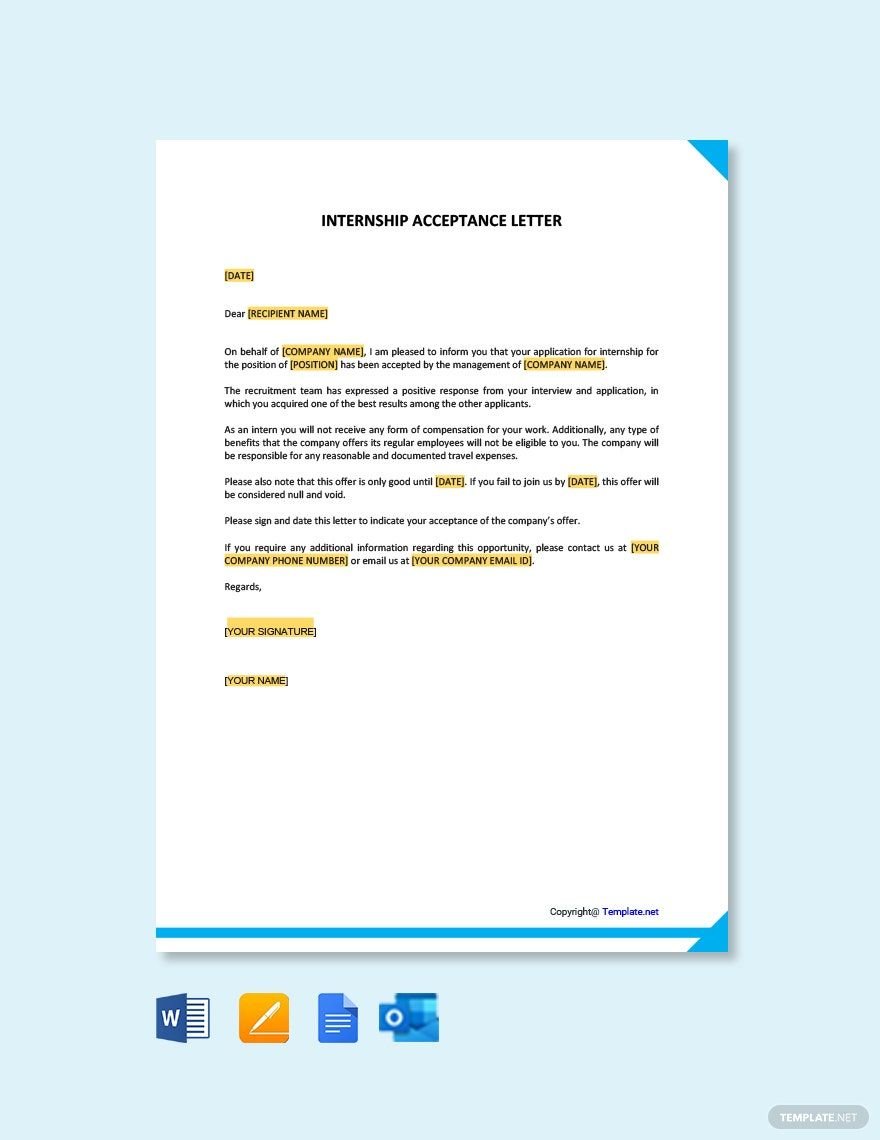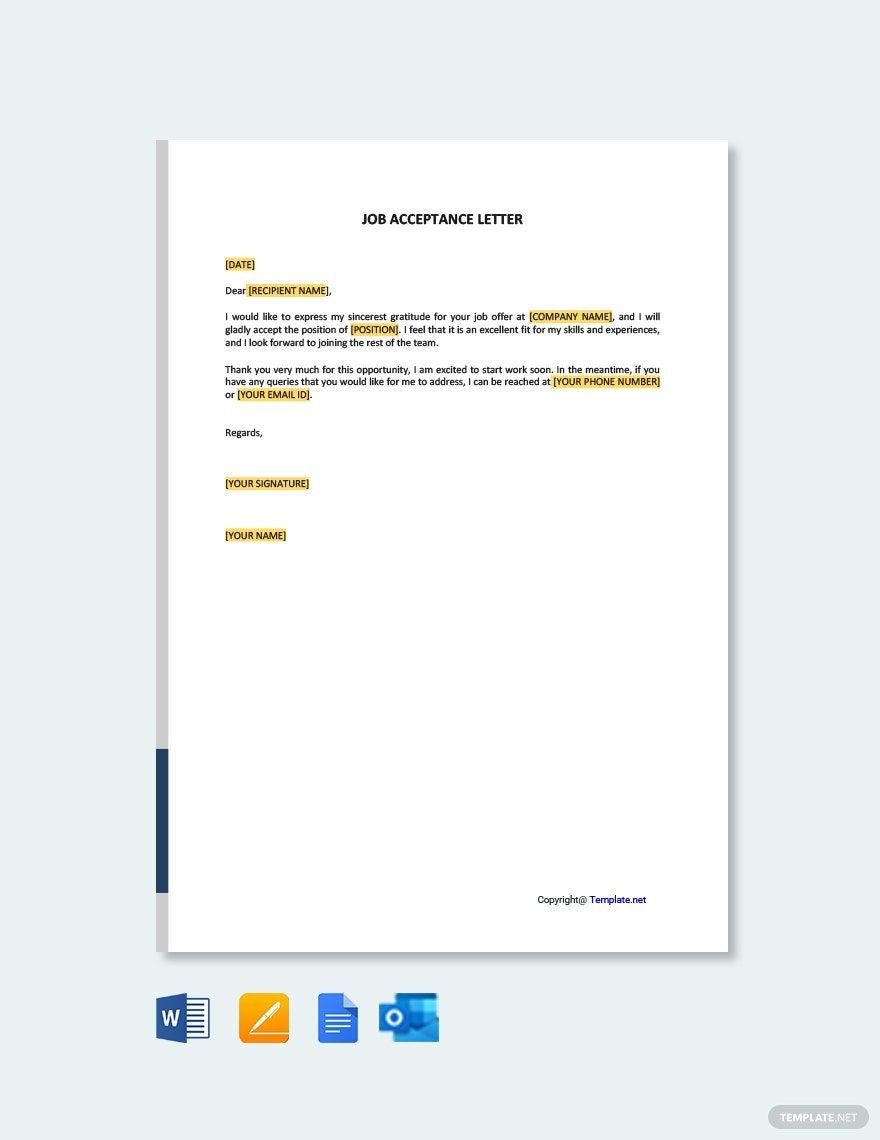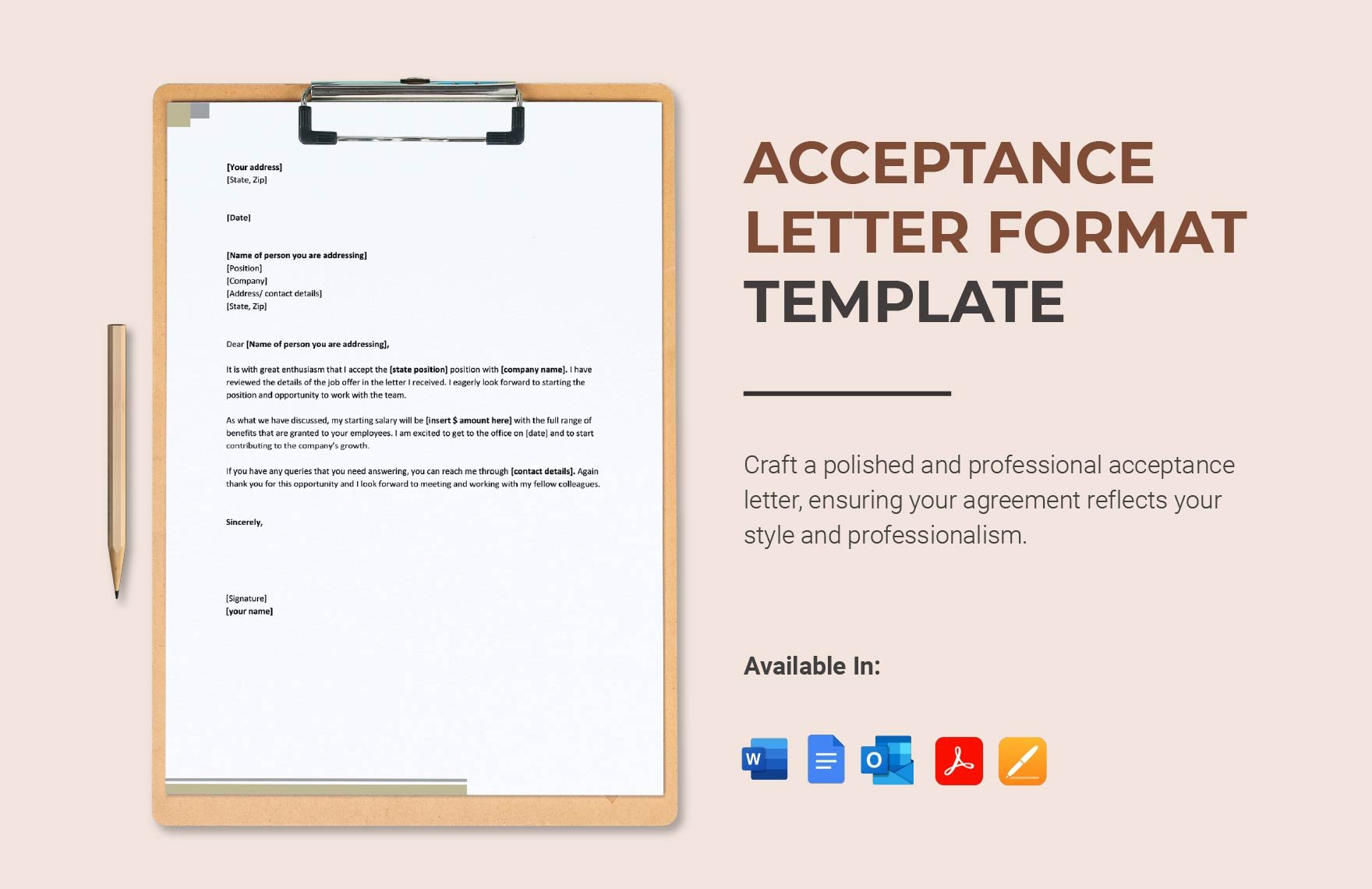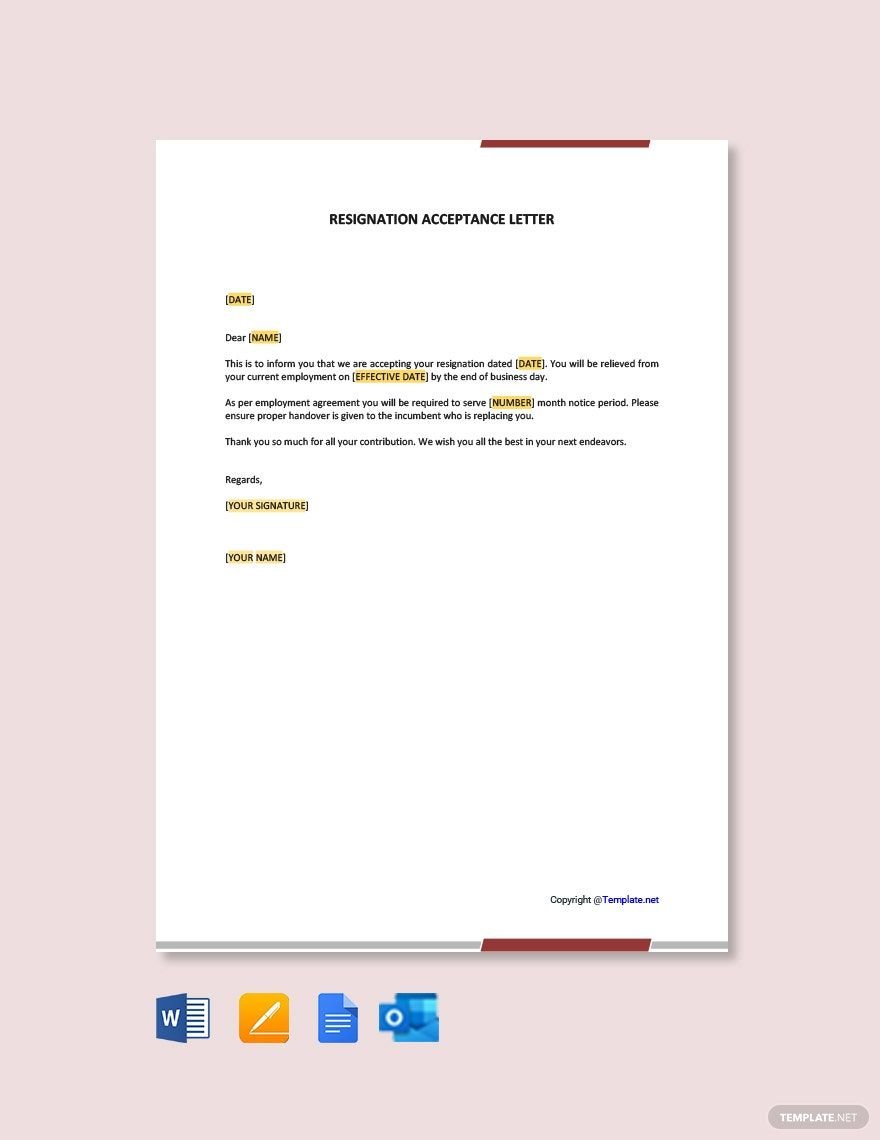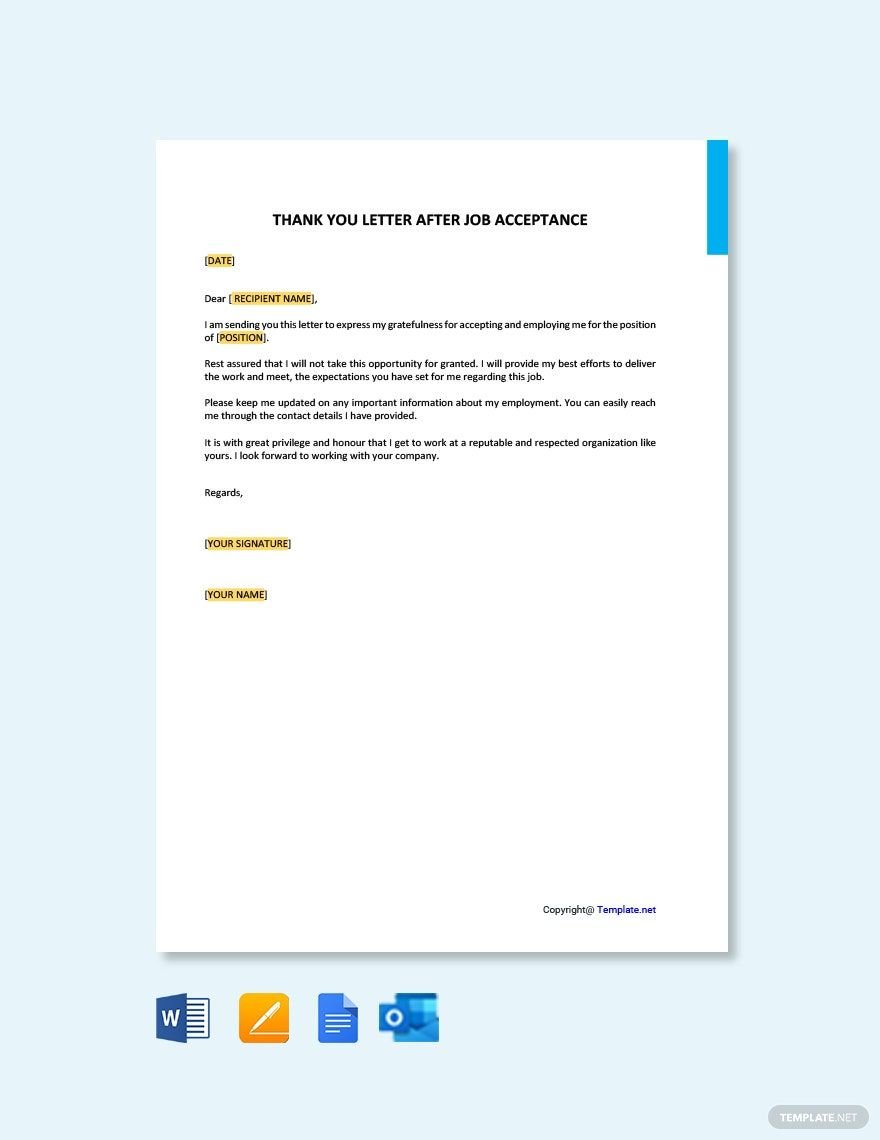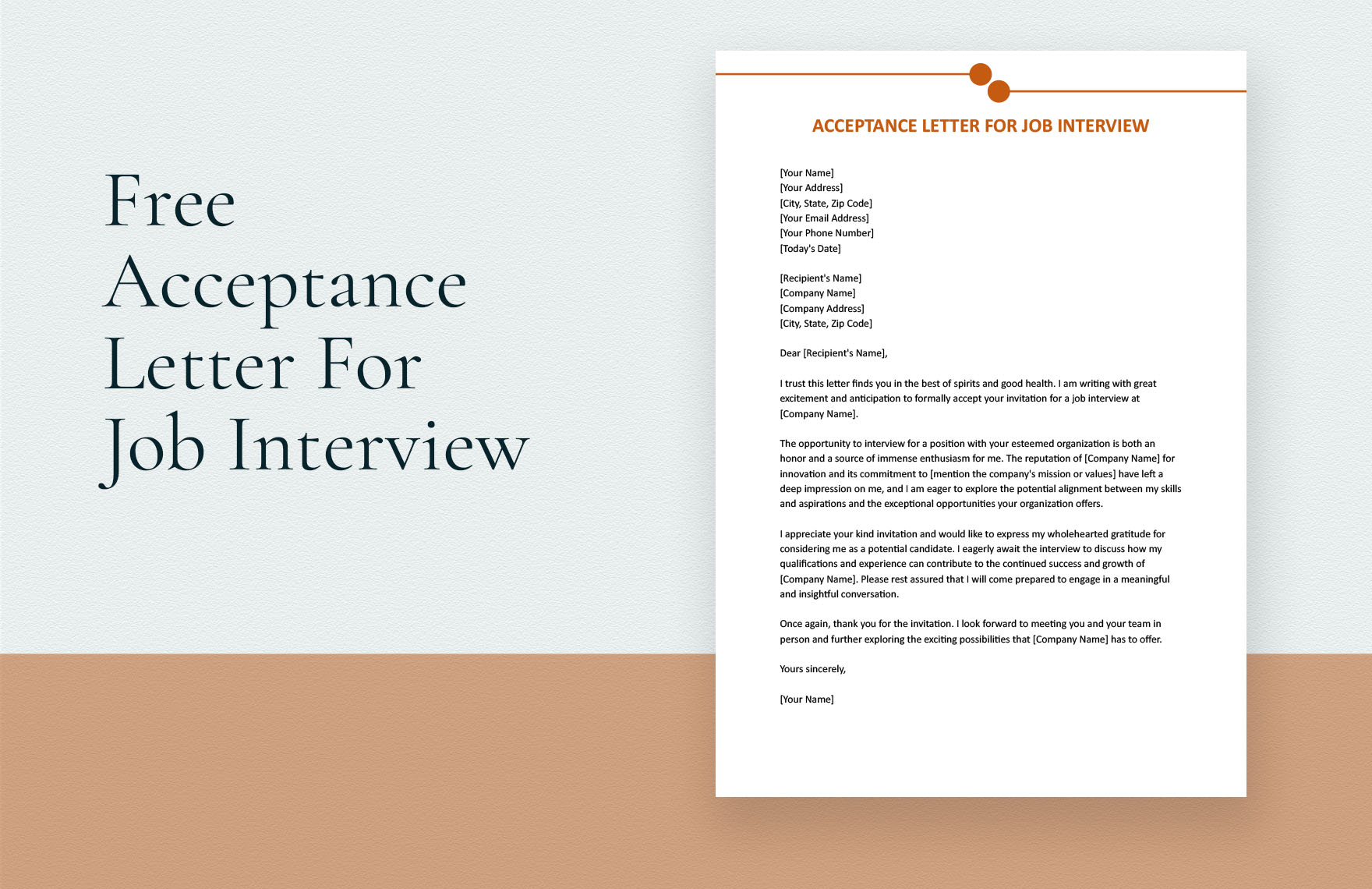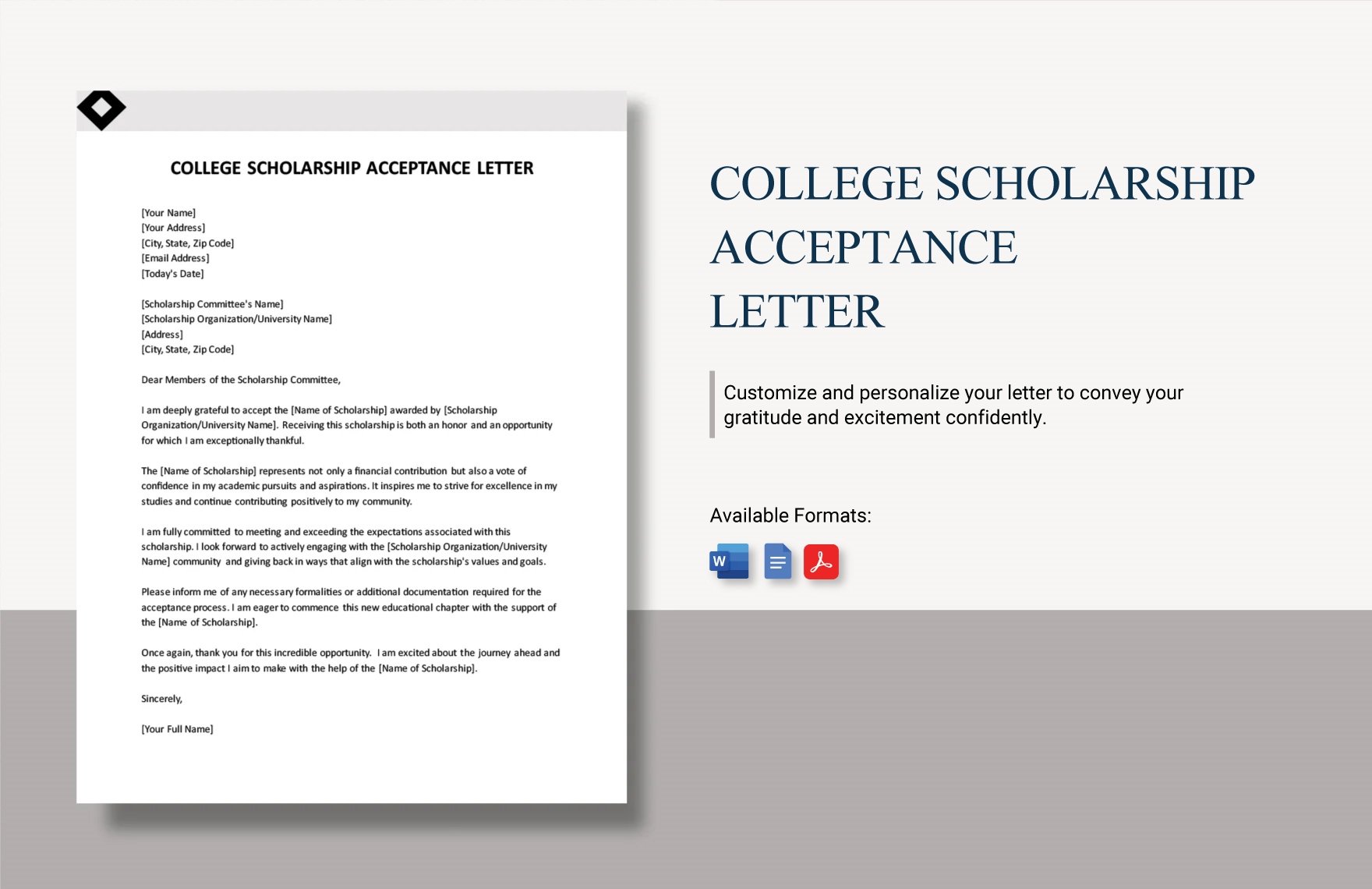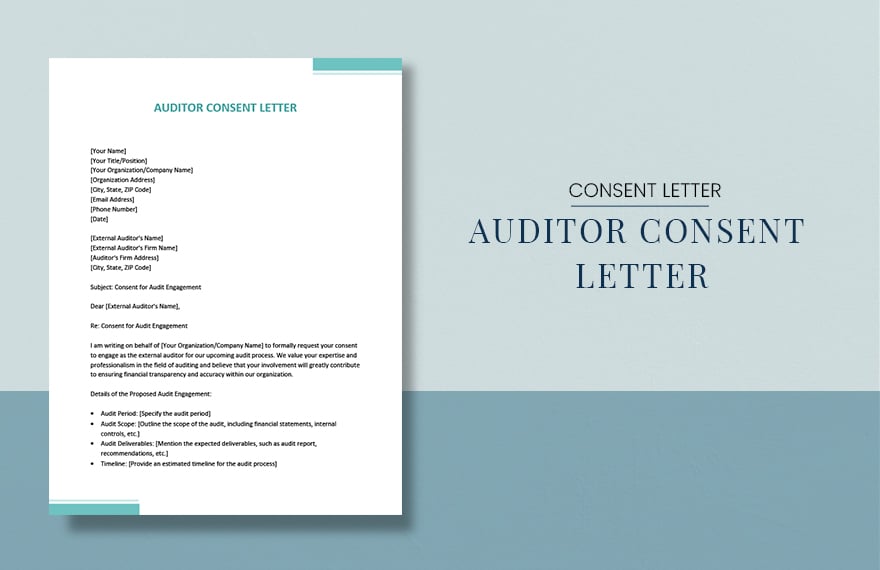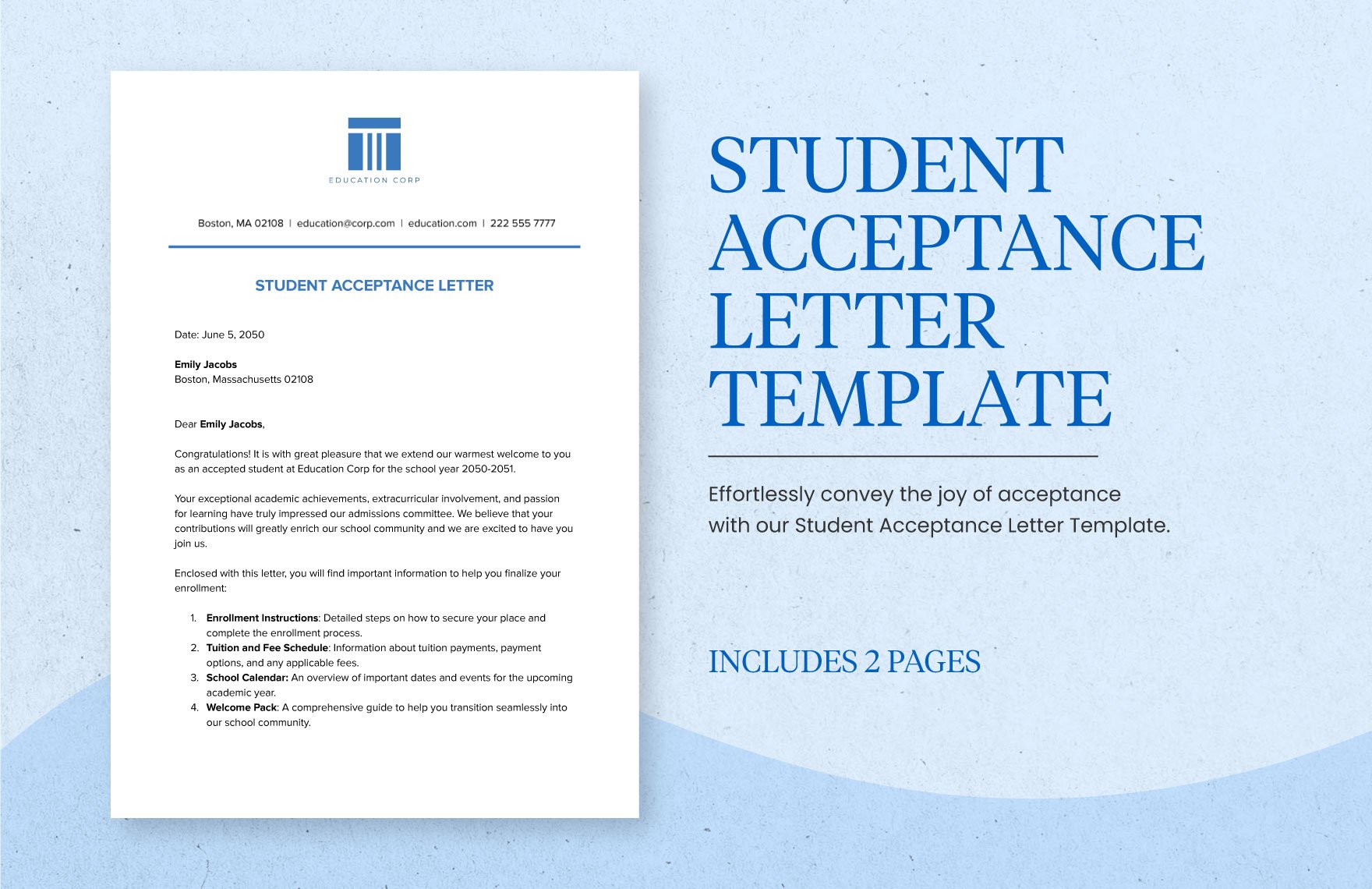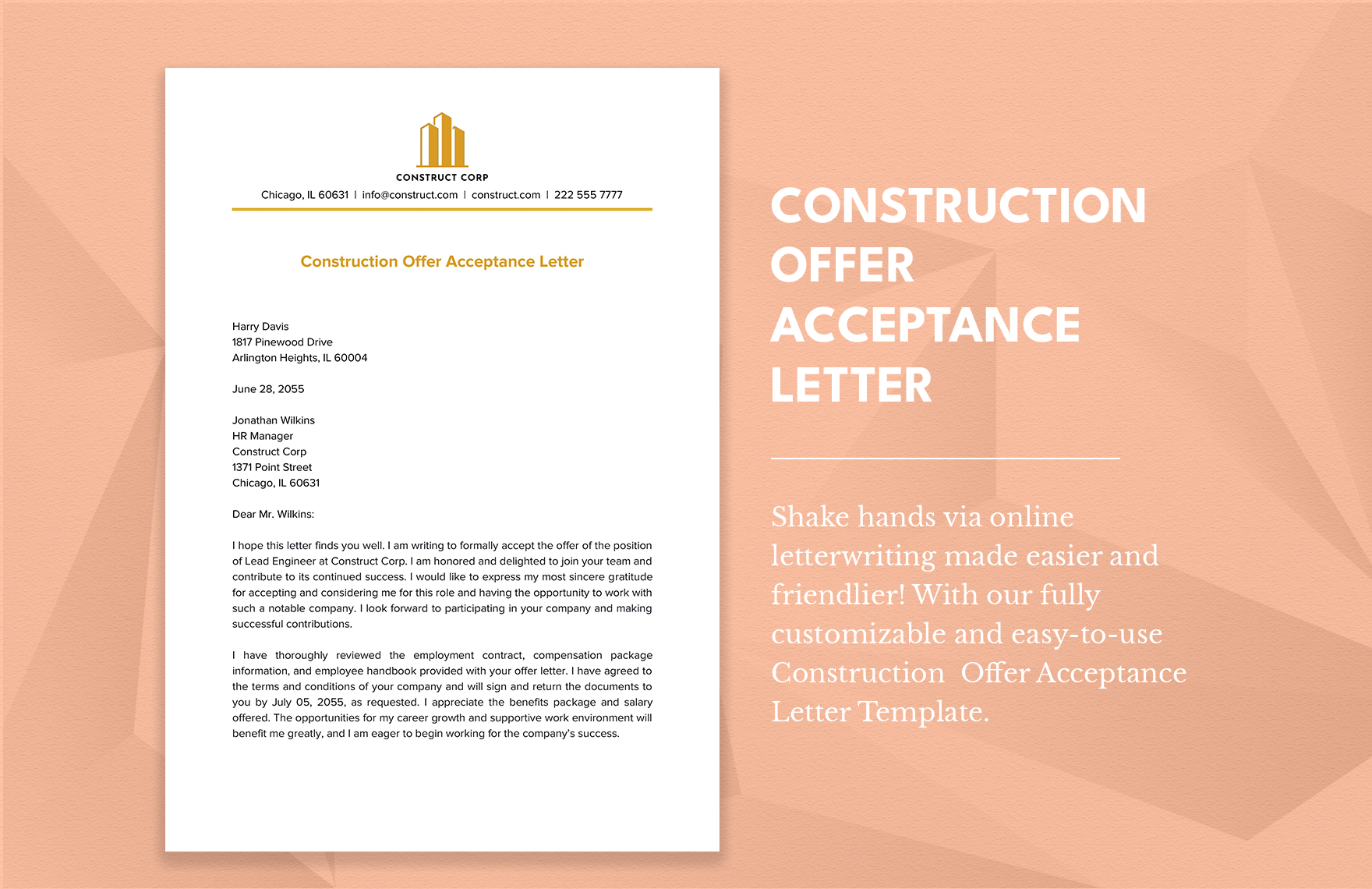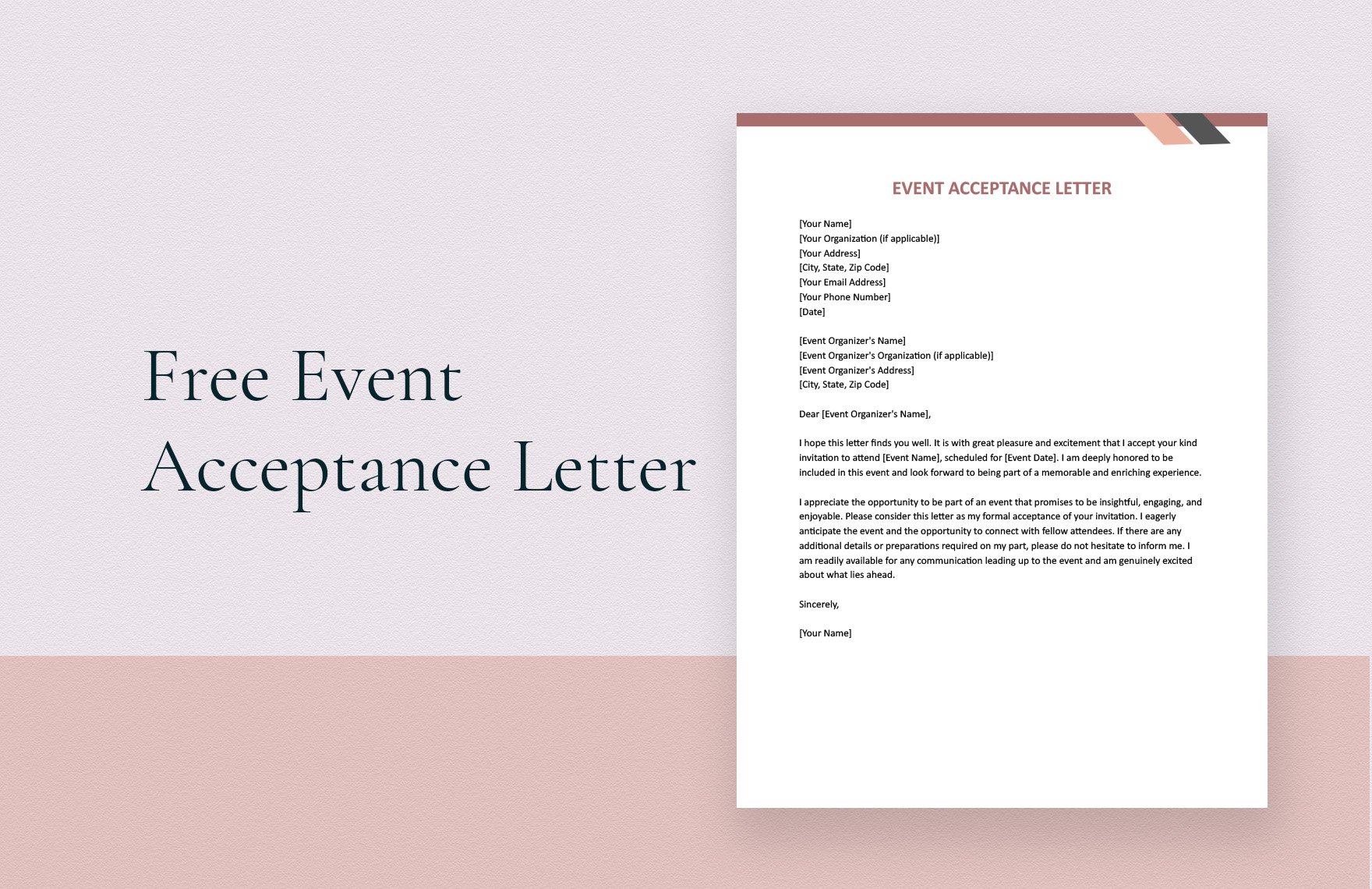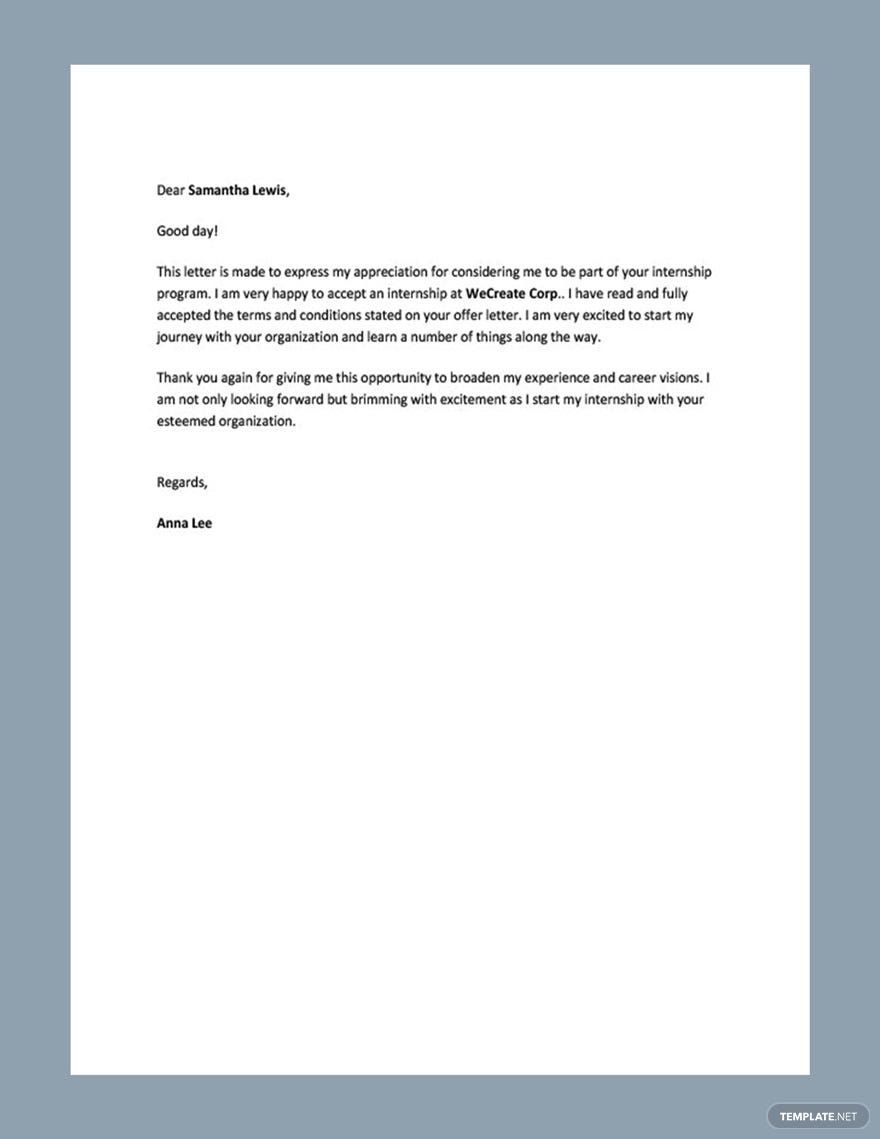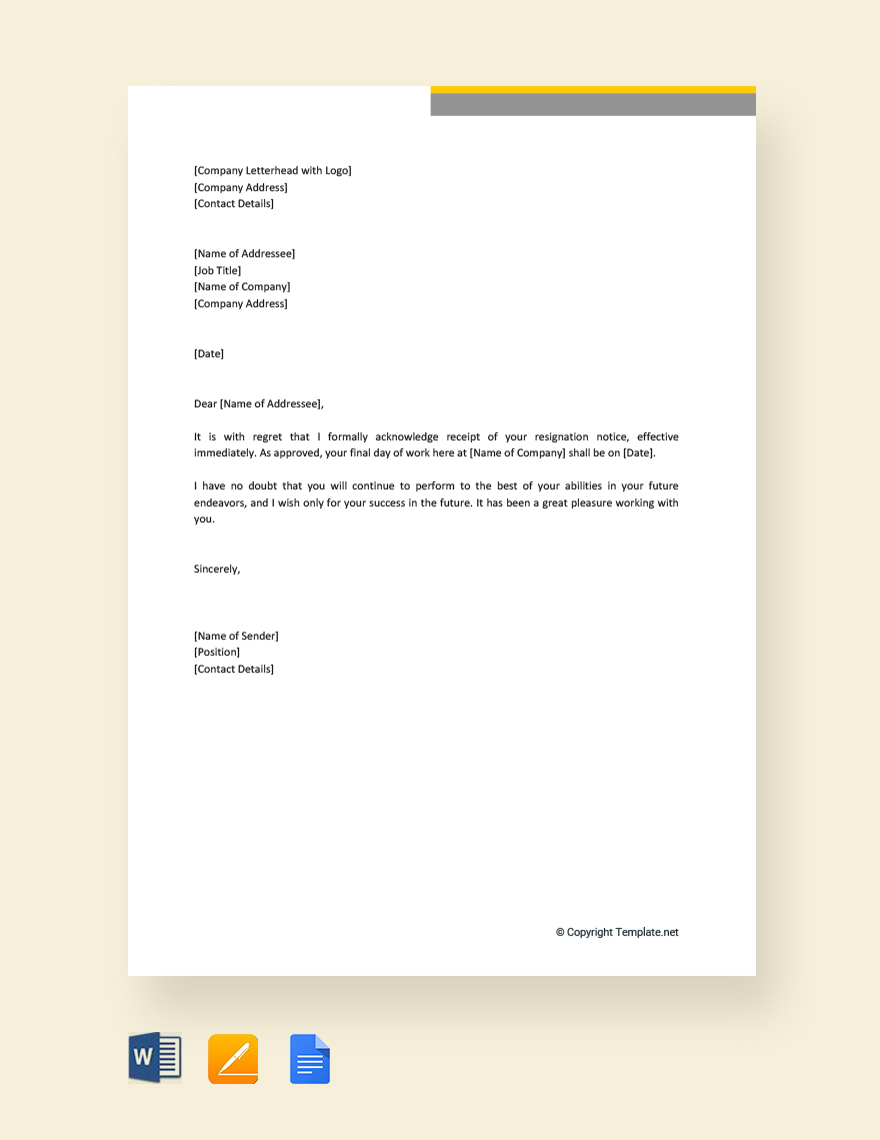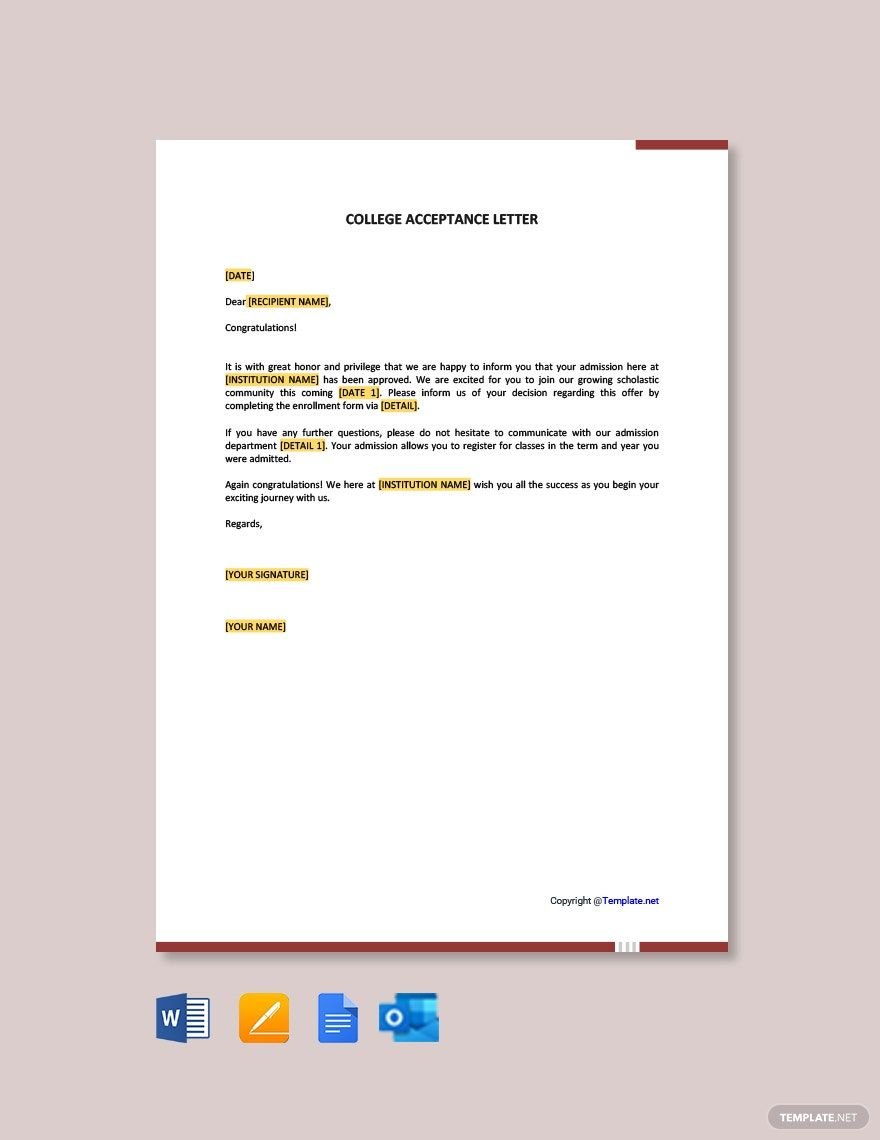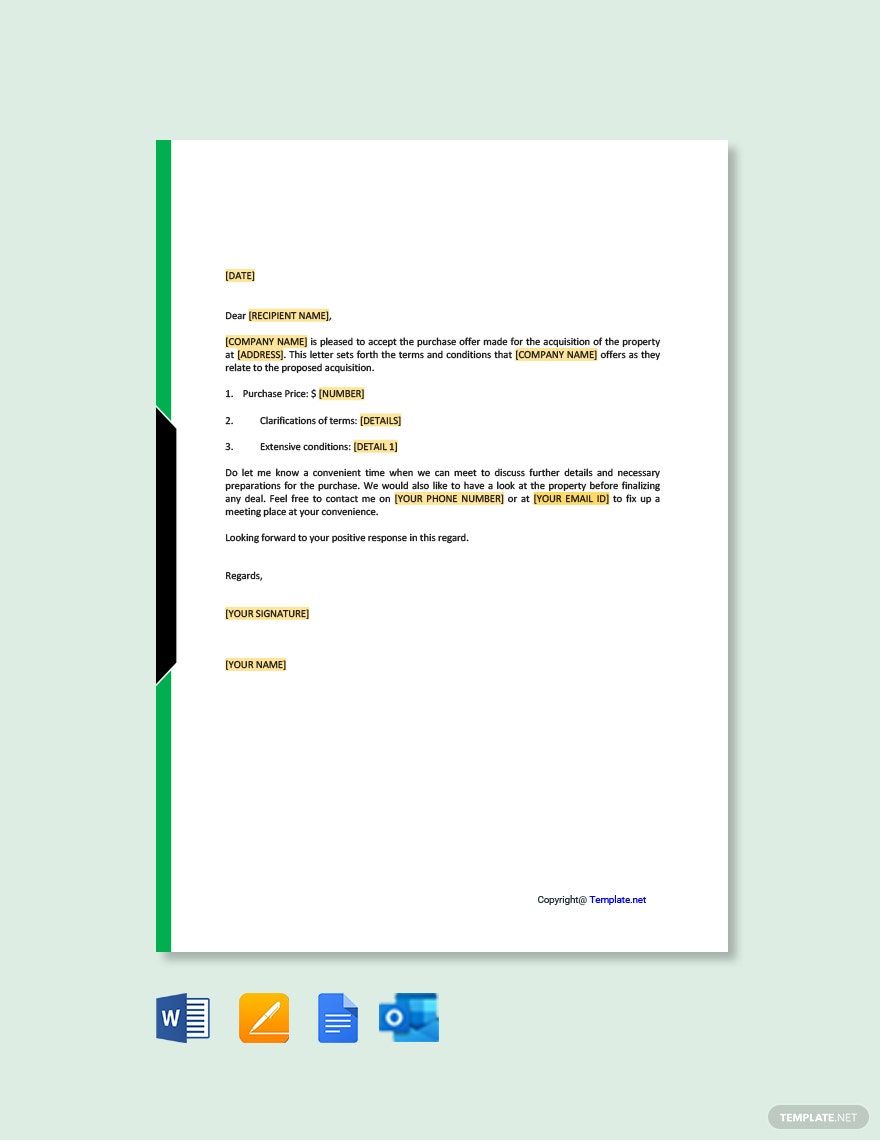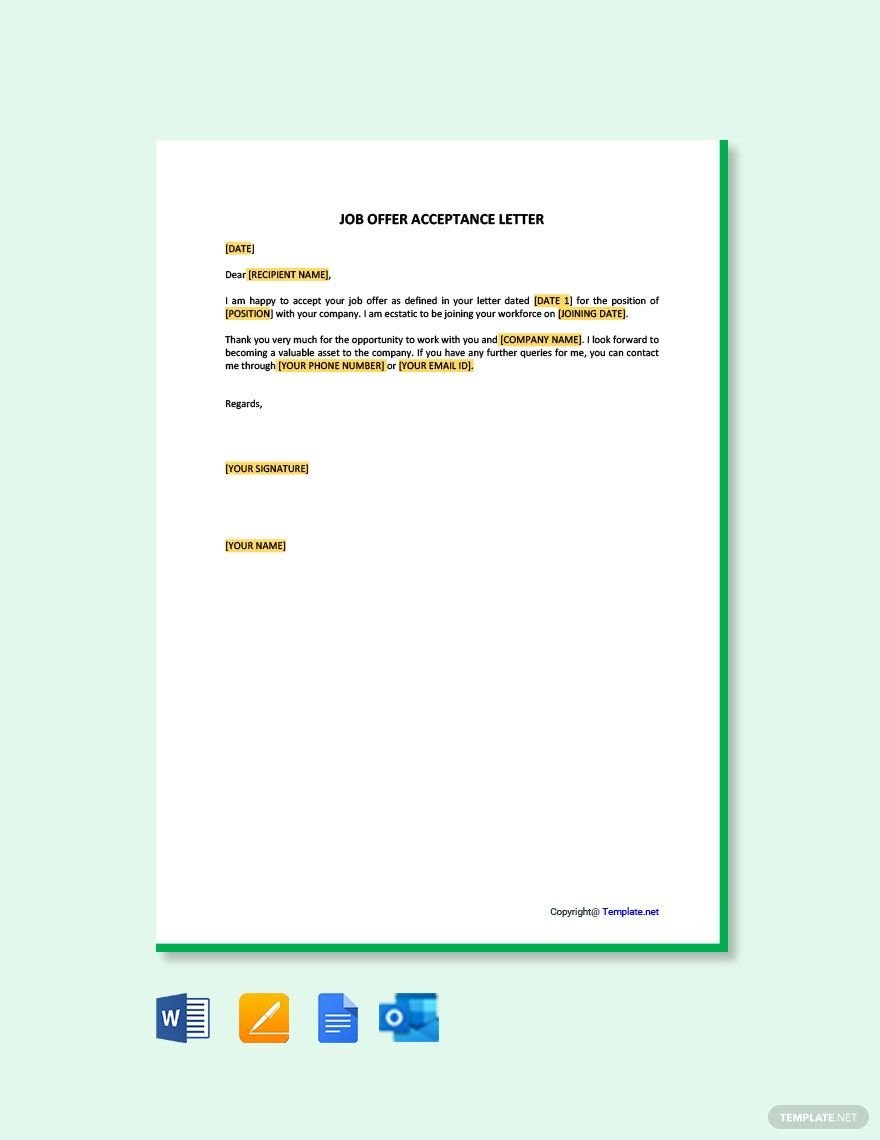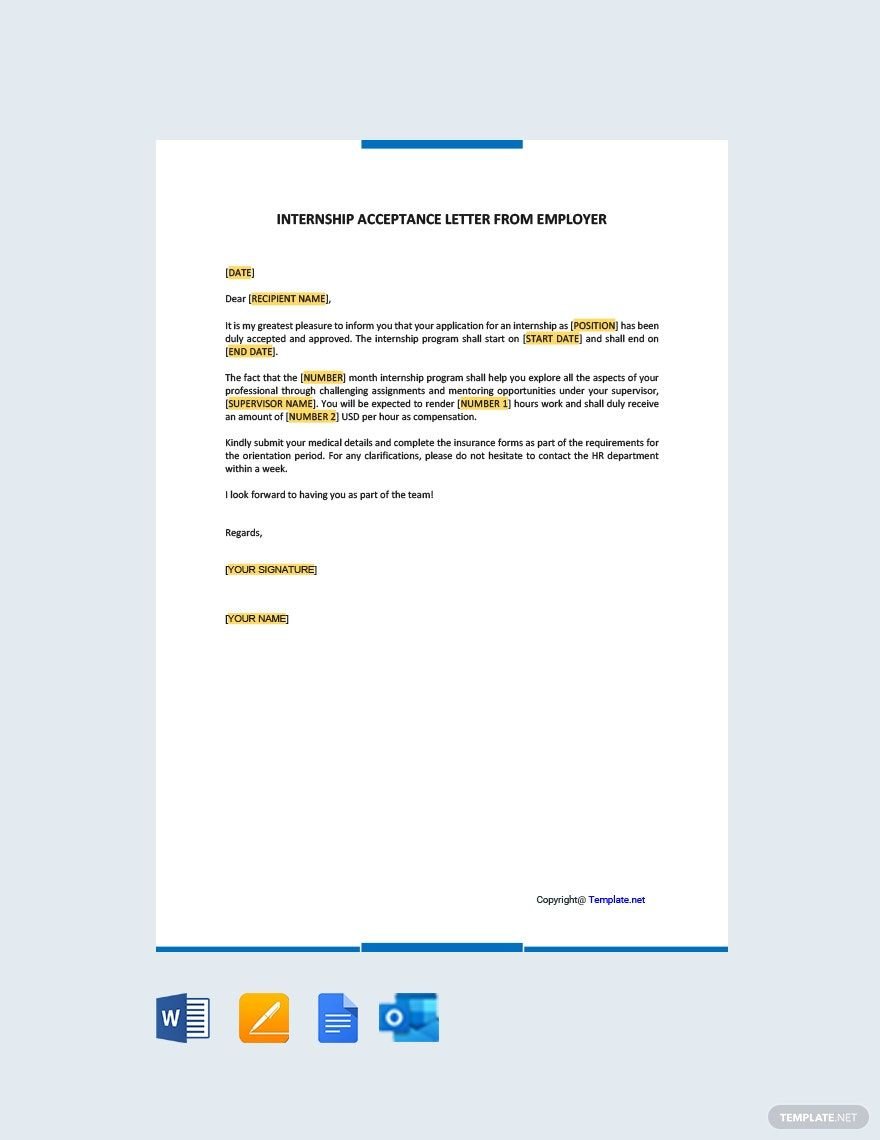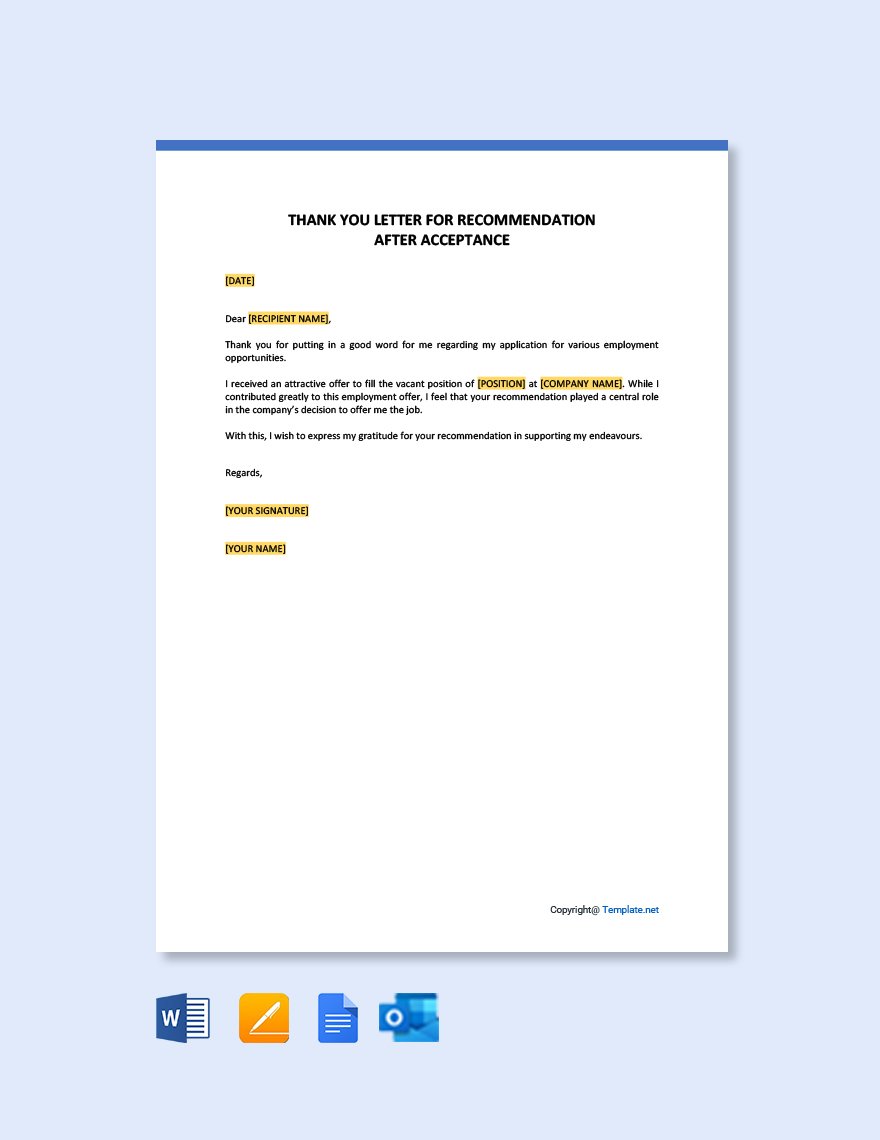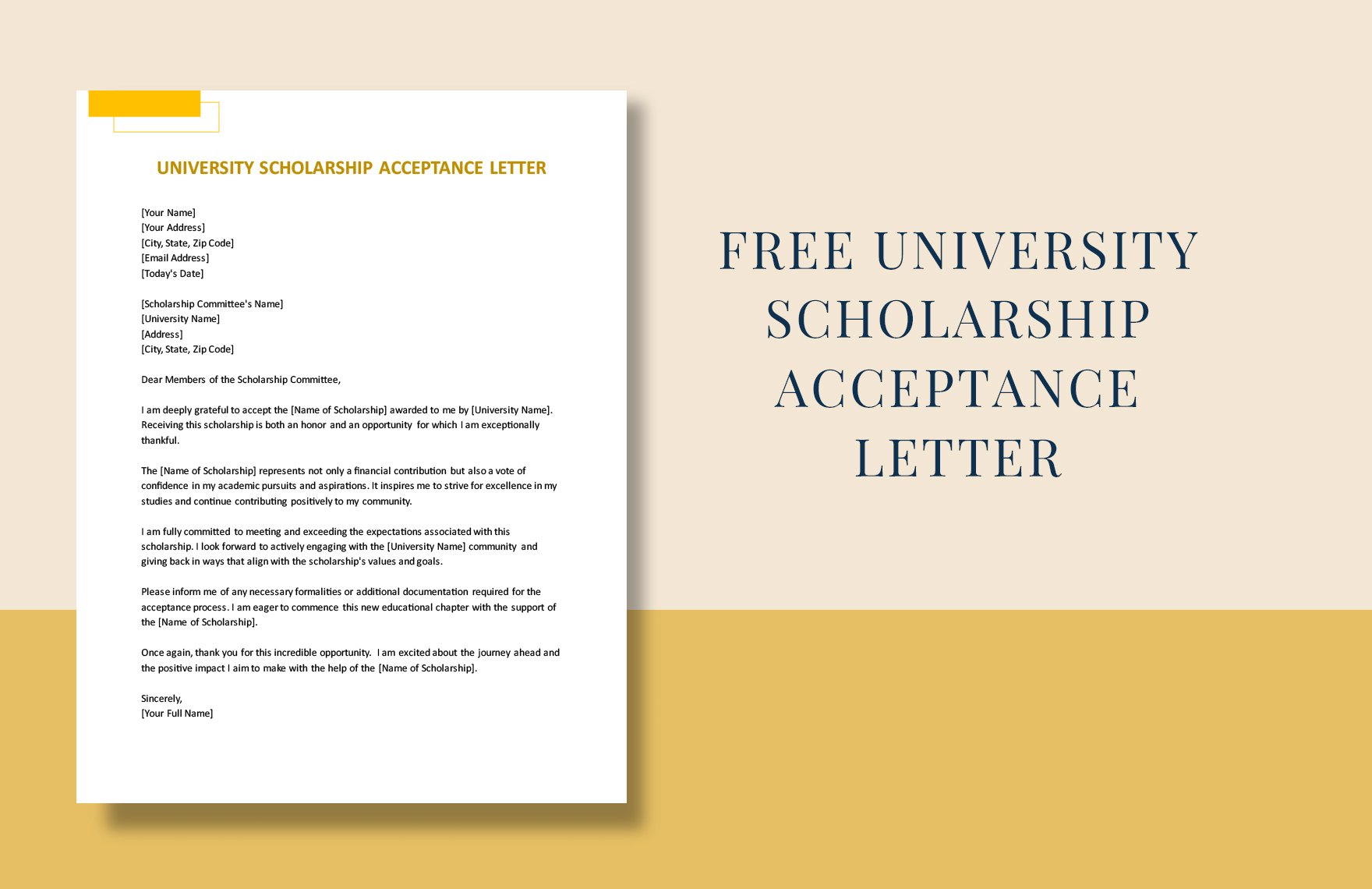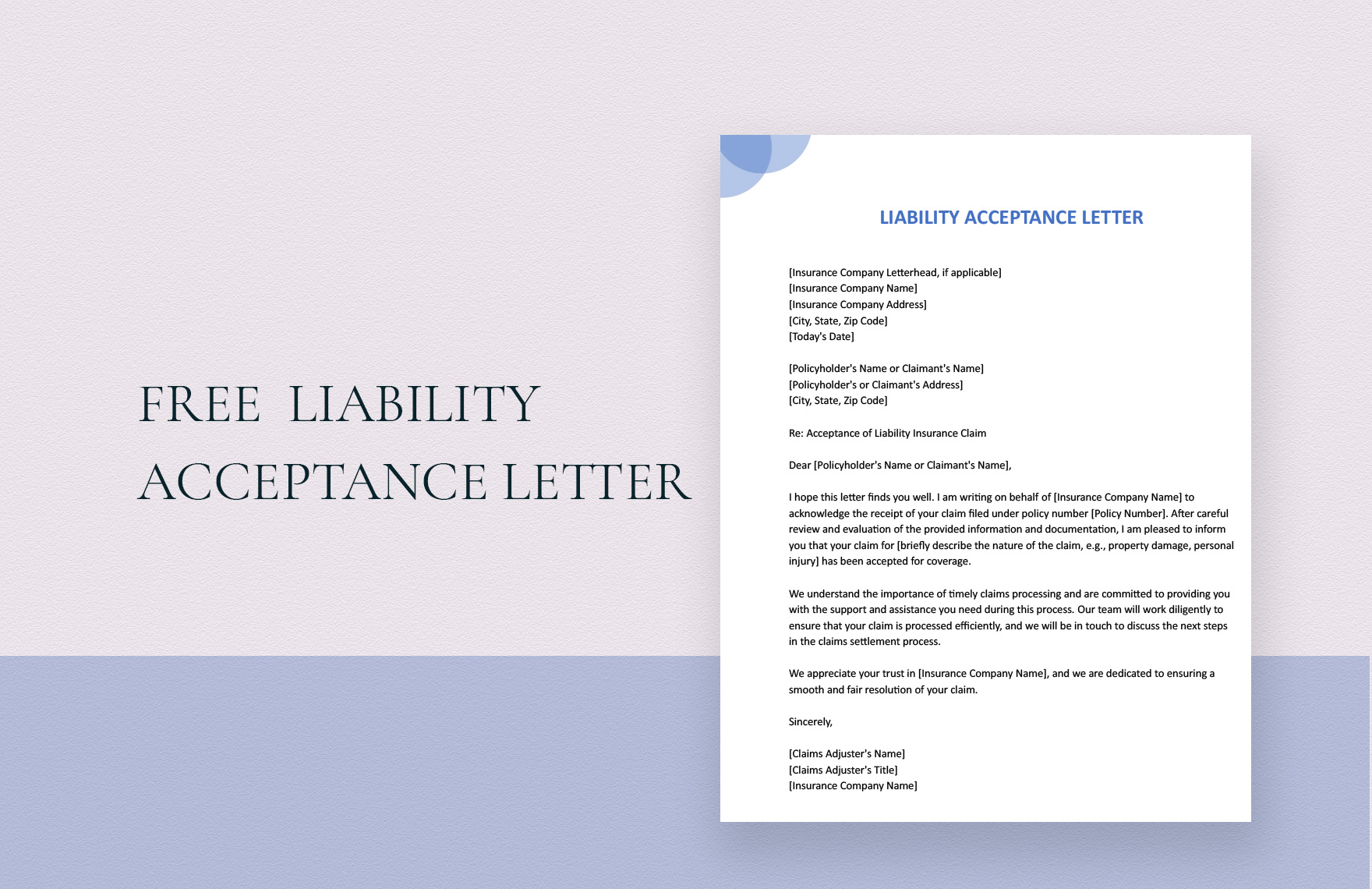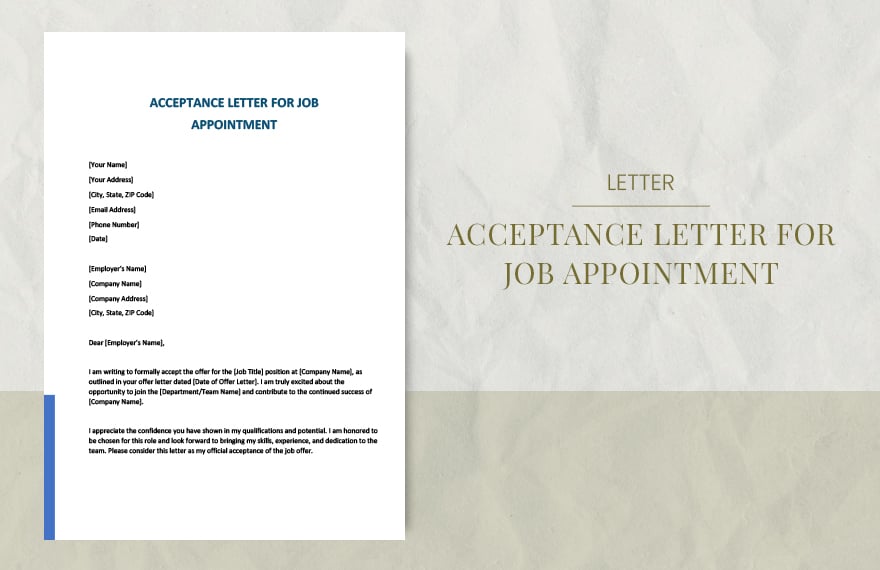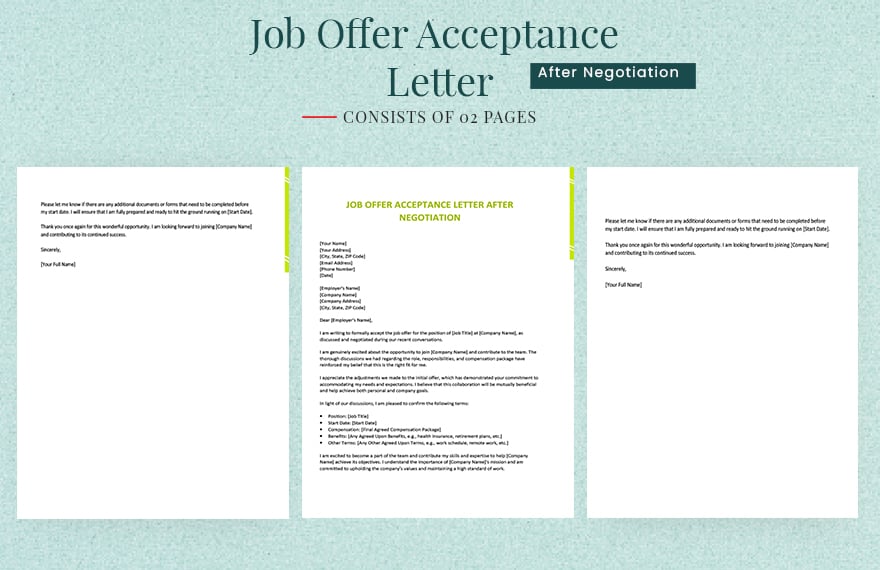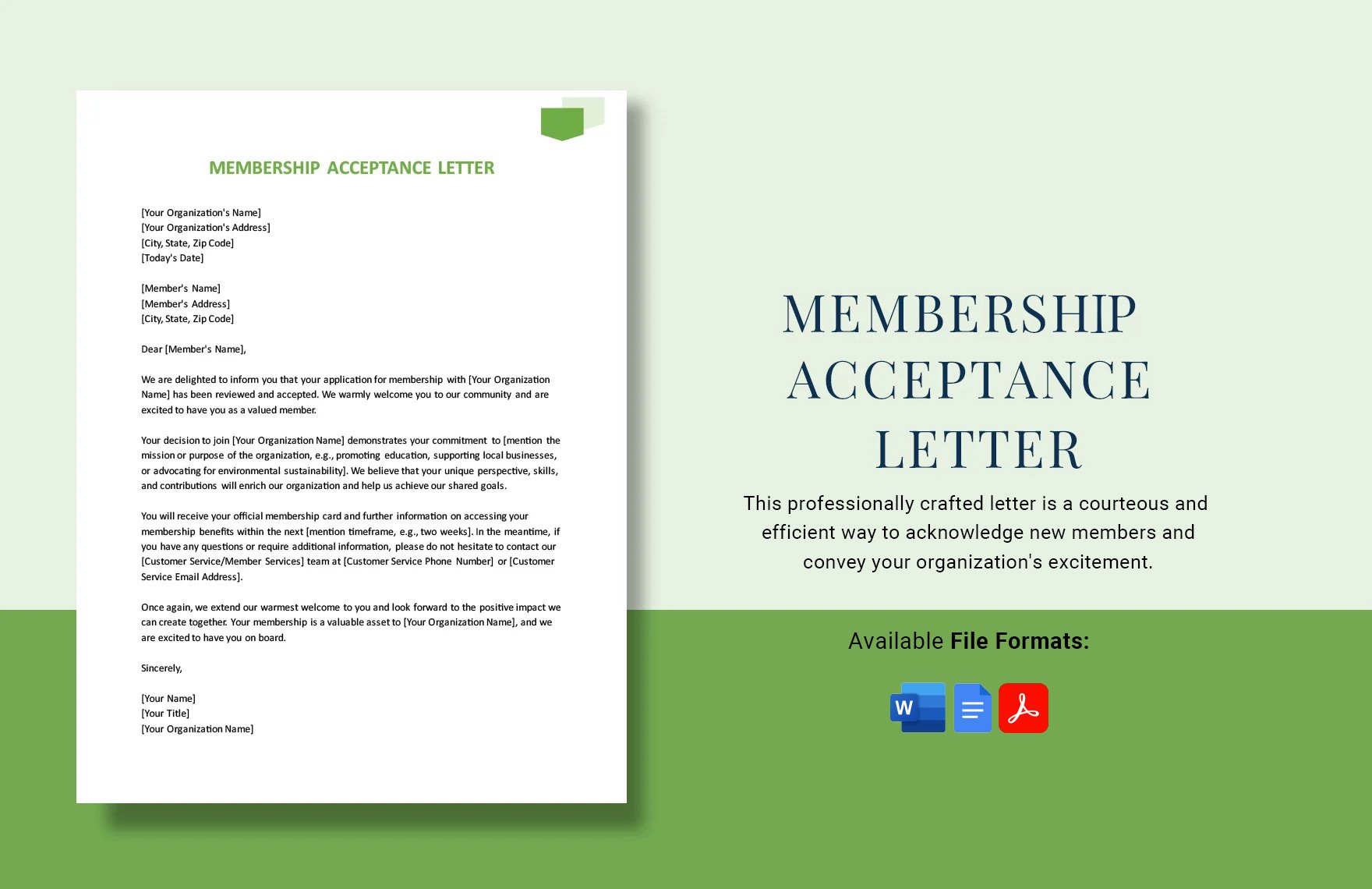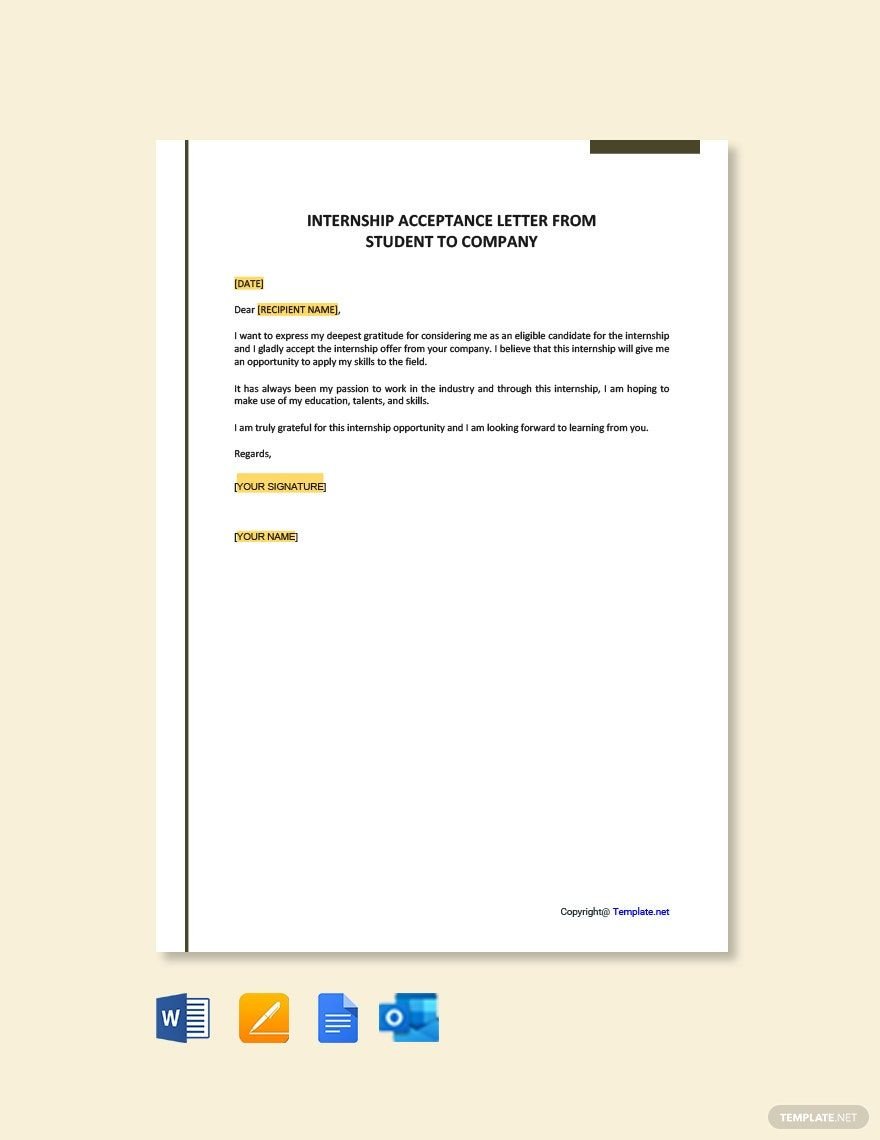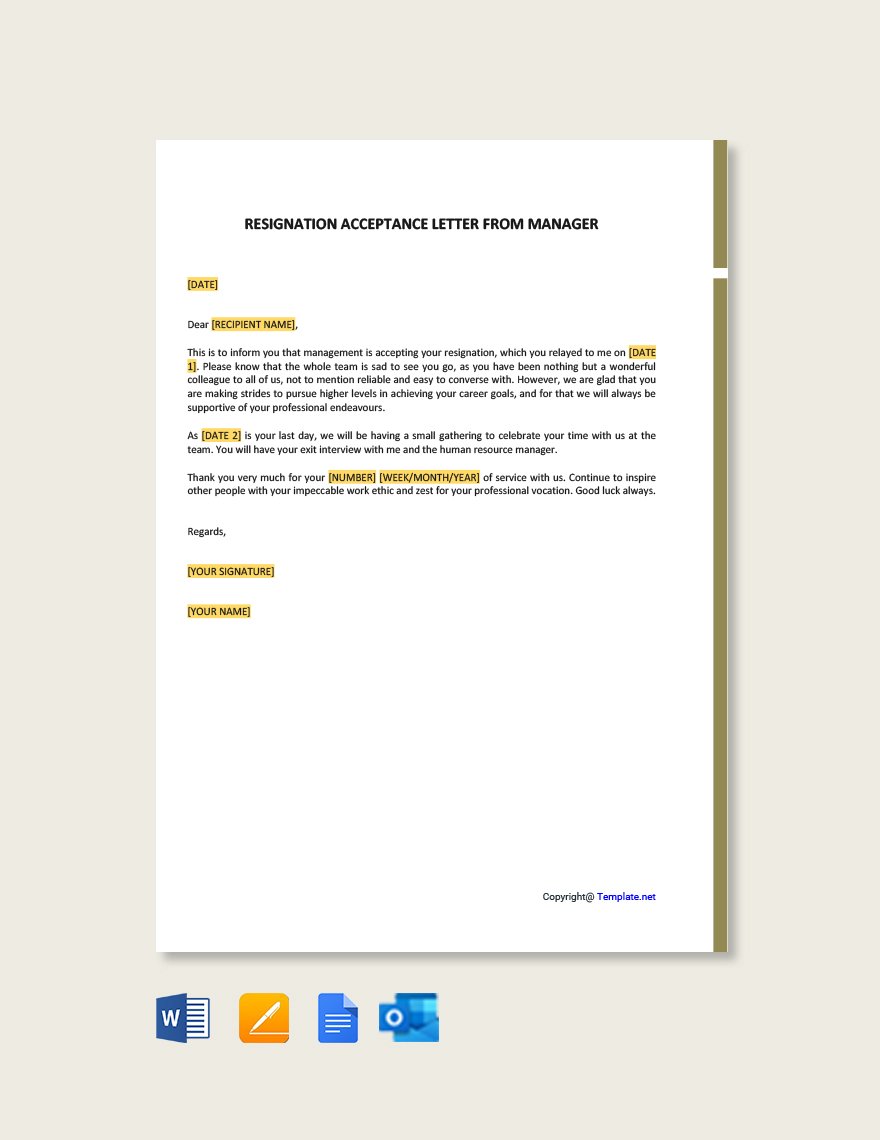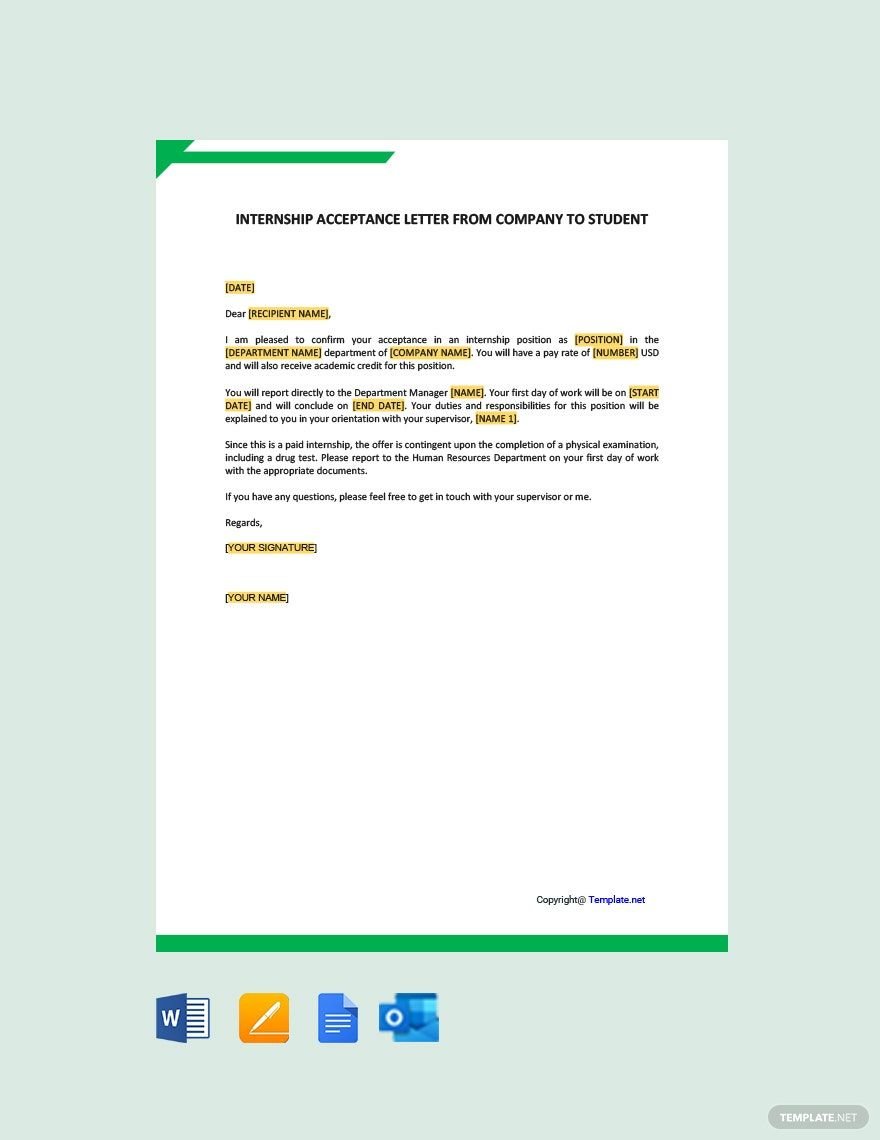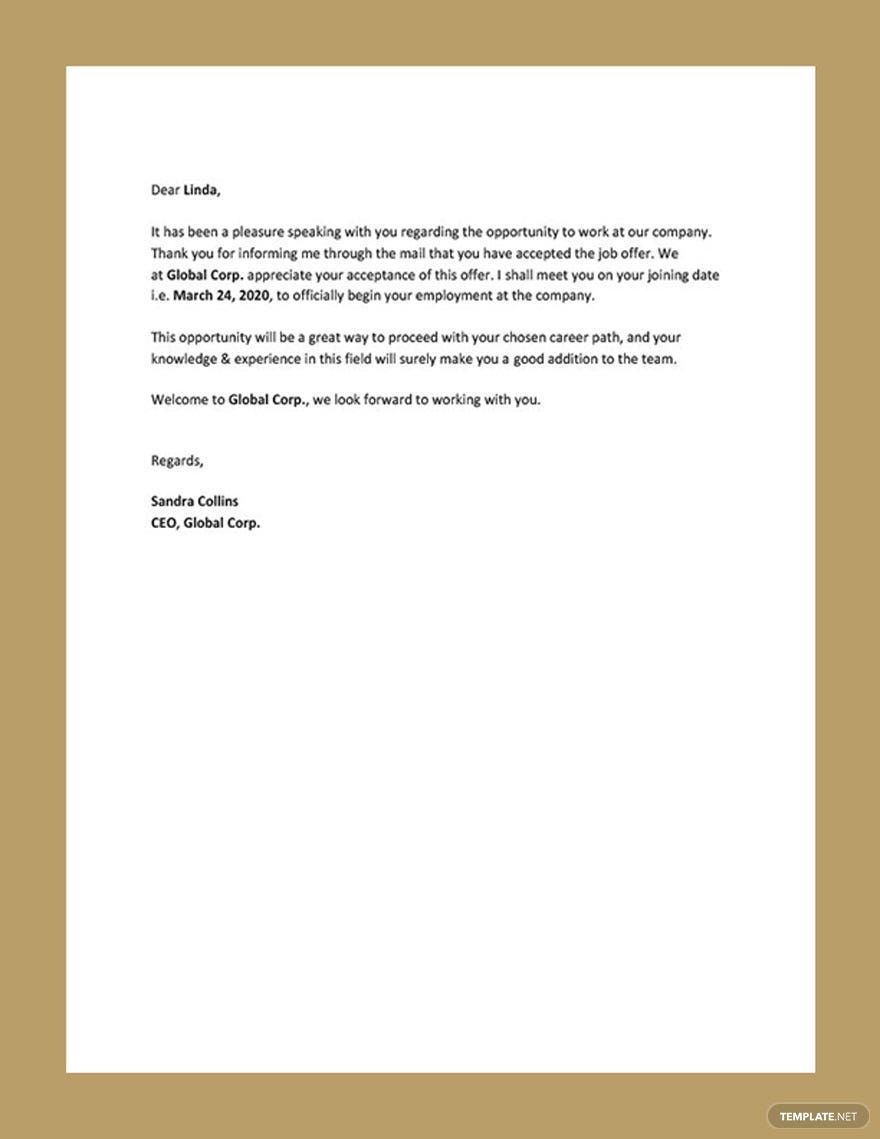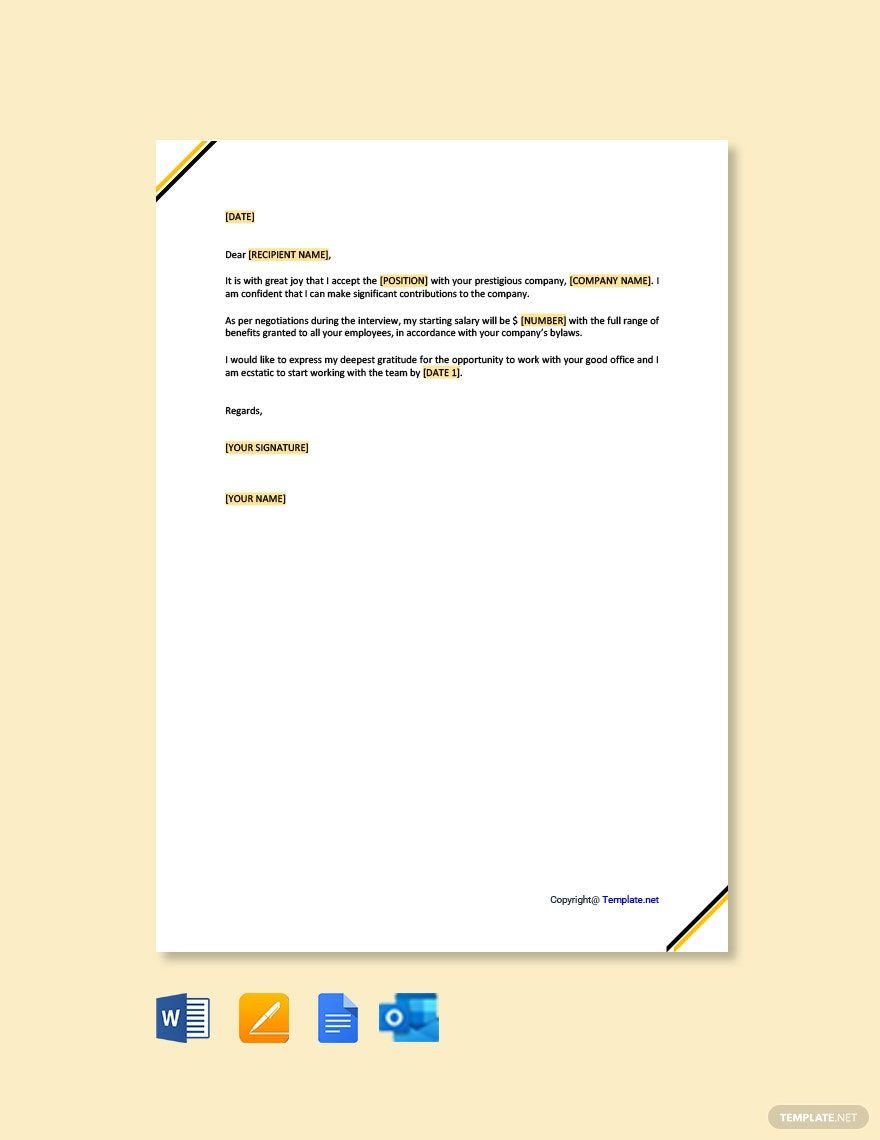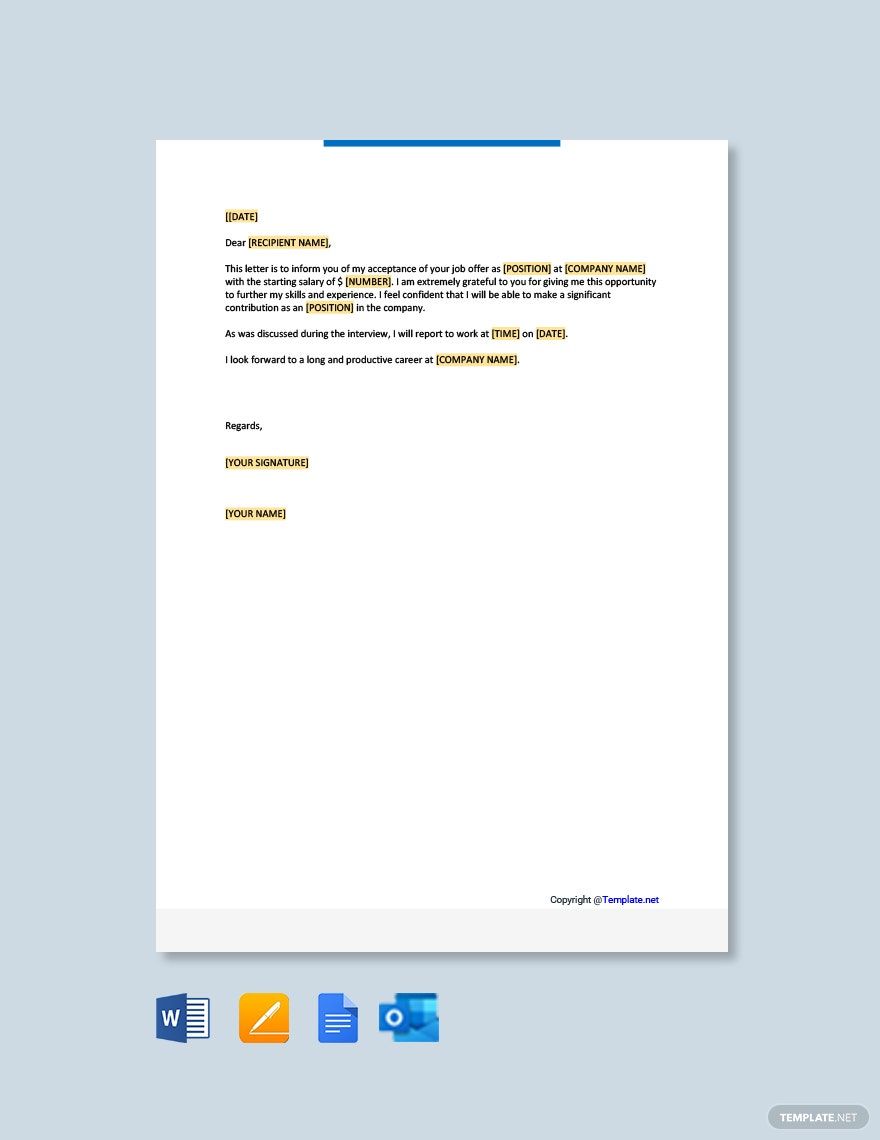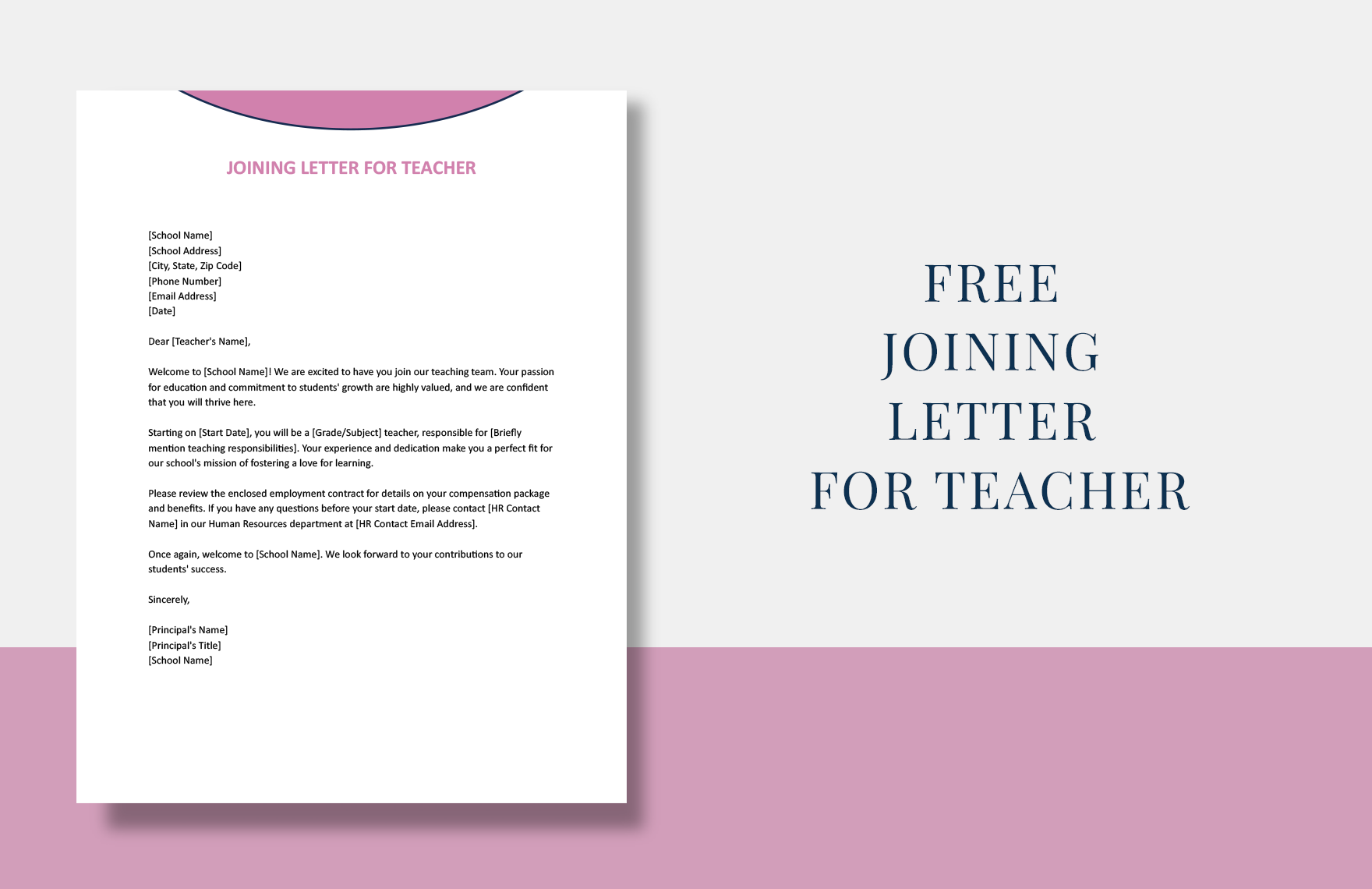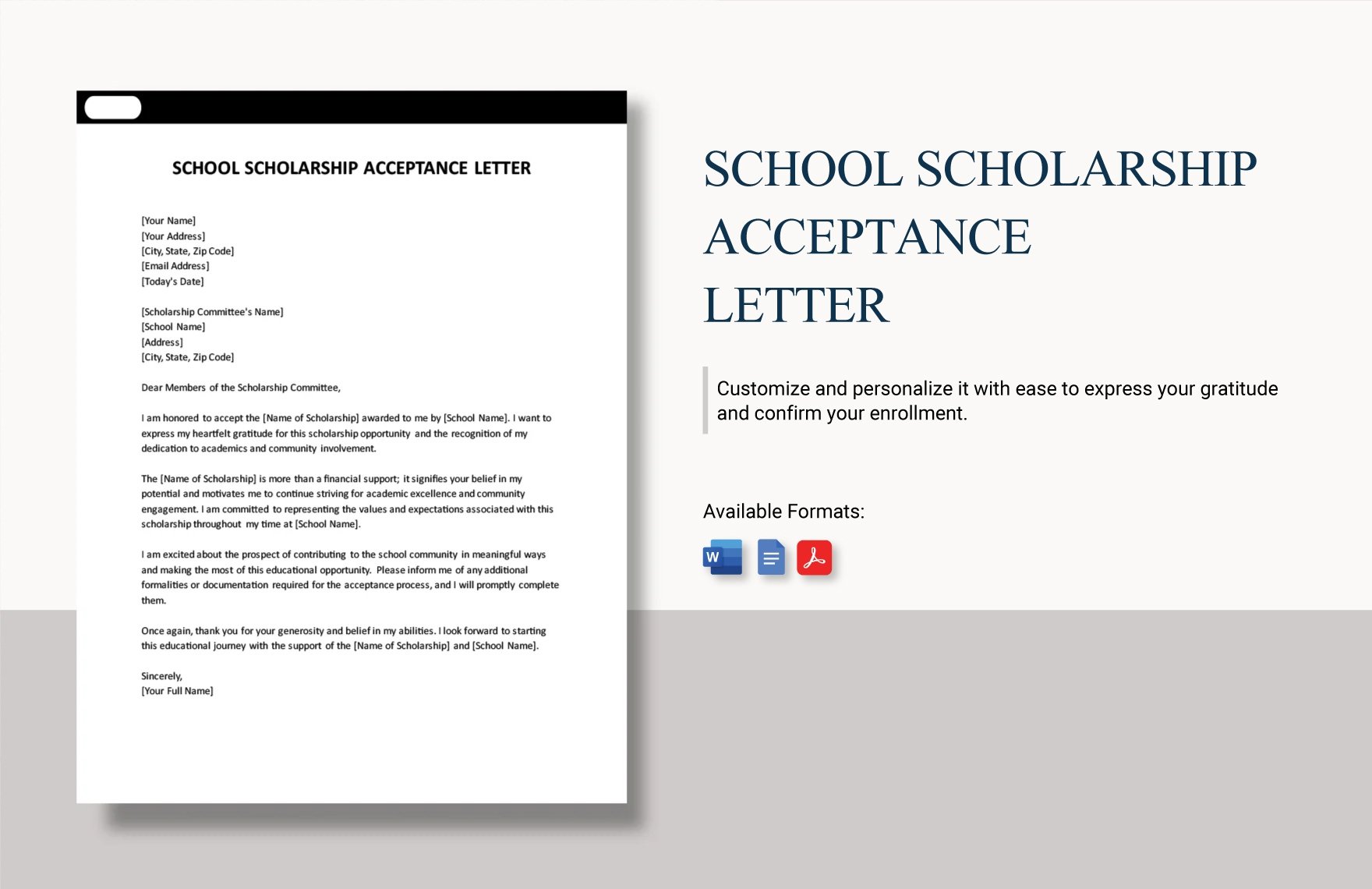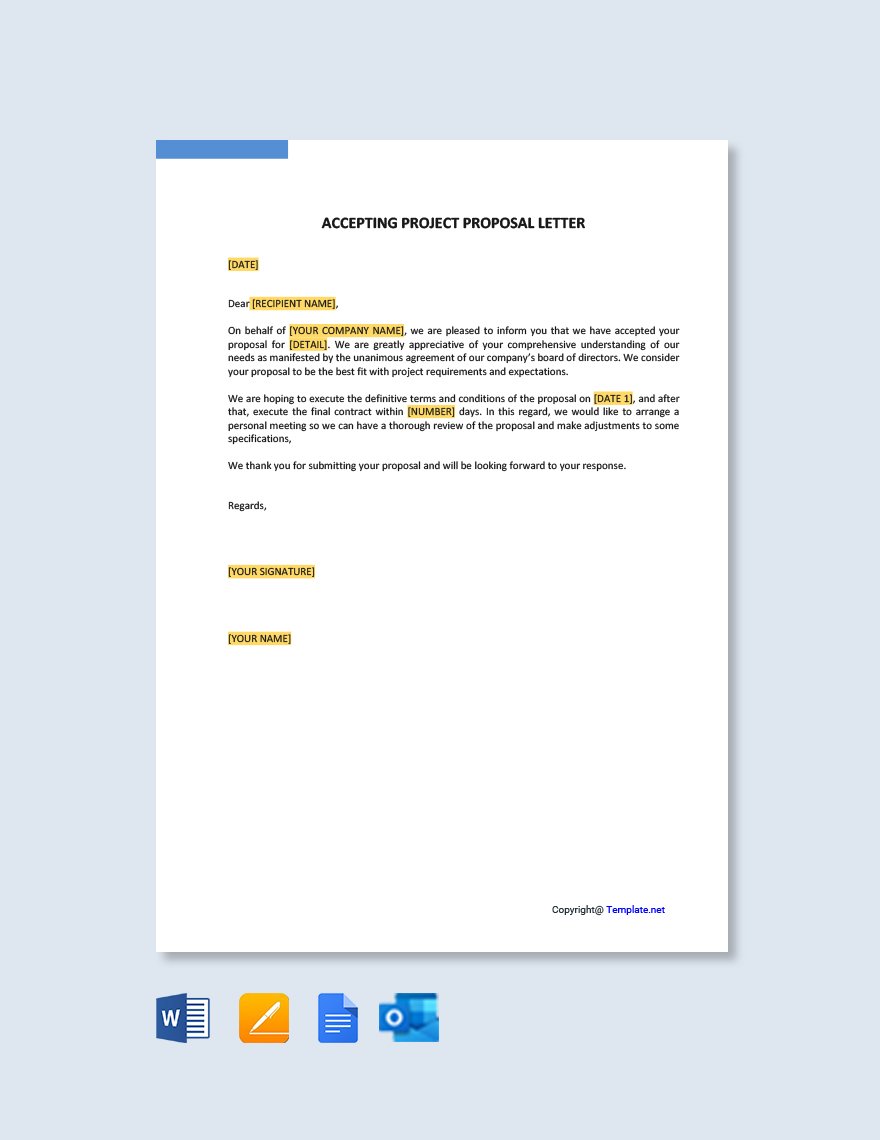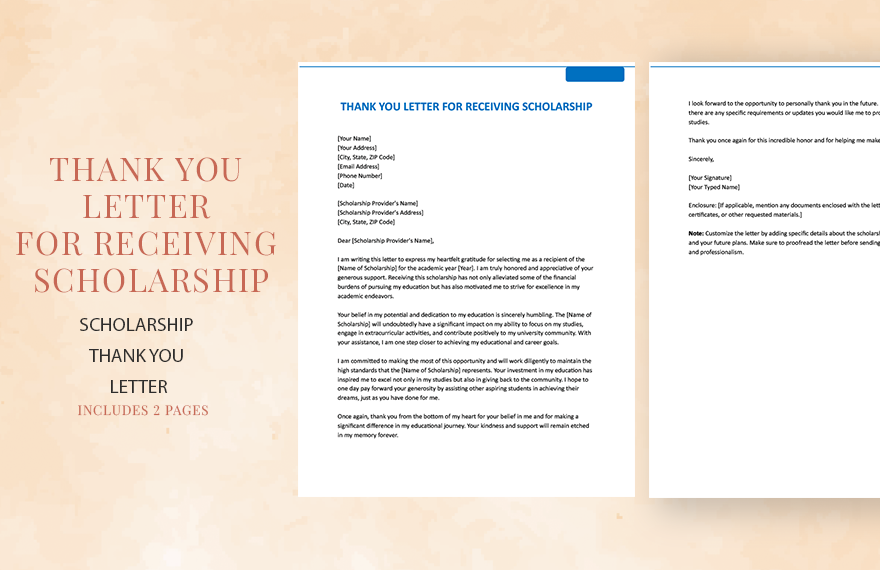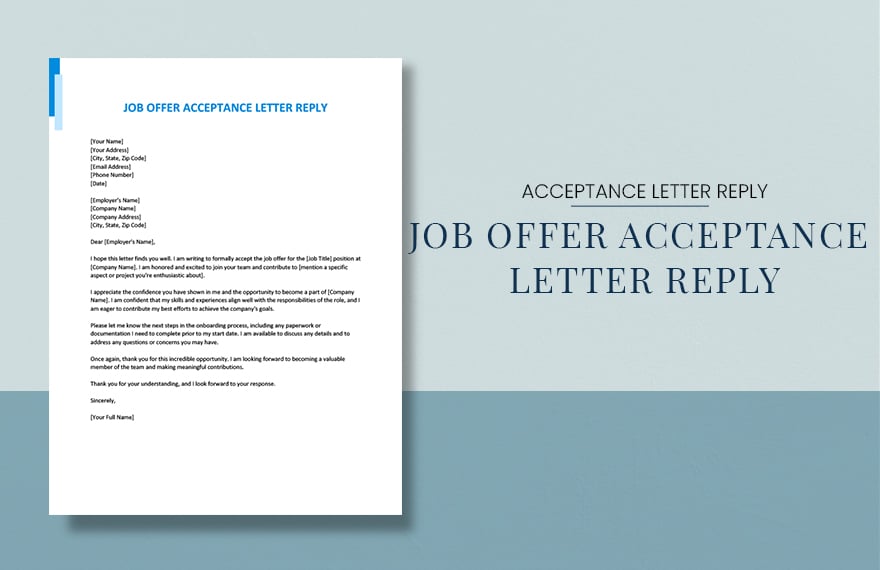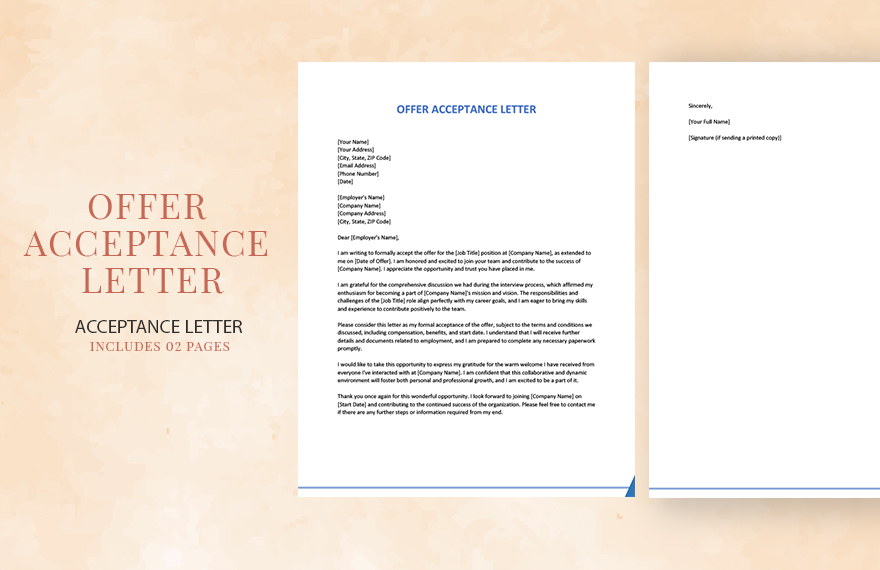Acceptance letters are positive responses to organization invitations and job offers. Its main purpose is to notify the recipient of affirmative action, and should thus be kept short and concise, and only includes information that relates to the details of the offer. Our website offers you Acceptance Letter Templates in Google Docs format to help you write your organization’s acceptance letters. Simply download the template of your choice and edit as necessary. All templates are available for use, so get started on writing your letters and sign up for membership now.
How to Write an Acceptance Letter
Whether it is a school, organization, or company that is sending out an acceptance letter, it is imperative that it is written in a professional manner. An acceptance letter, like many other formal letters and documents, should be kept short and concise, indicating only information that relates to the details of the acceptance. Here are some tips to help you write an acceptance letter:
1. Address the Recipient Properly
The acceptance letter should be addressed properly. As you have most likely met this person during the interview process, indicate his or her name in the salutation. Addressing the reader by name shows that you recognize his or her importance and value to the organization.
2. Establish Your Scope and Objective
The acceptance letter’s primary function is to say yes to an application, an invitation,or even a job offer. Indicate the acceptance in the first sentence and include a simple thank-you. Courtesy is very important in an acceptance letter, and is highly appreciated by the reader.
3. Organize Your Thoughts
Organizing your thoughts before writing the letter will help you establish a logical order in how you present your information. Working from an outline will help you draft your simple letter and write it in a cohesive manner, with organized thoughts and without going off-topic.
4. Review Your Letter
Review and rewrite your letter as necessary. Make sure that your objective is stated clearly and that all details are complete. Check the overall cohesiveness of your letter, checking for accuracy, clarity, and a sense of completeness to the text. Look for obvious spelling and grammatical errors and correct them. Change ambiguous words and jargon, as well as other words that serve no real purpose to the letter.



